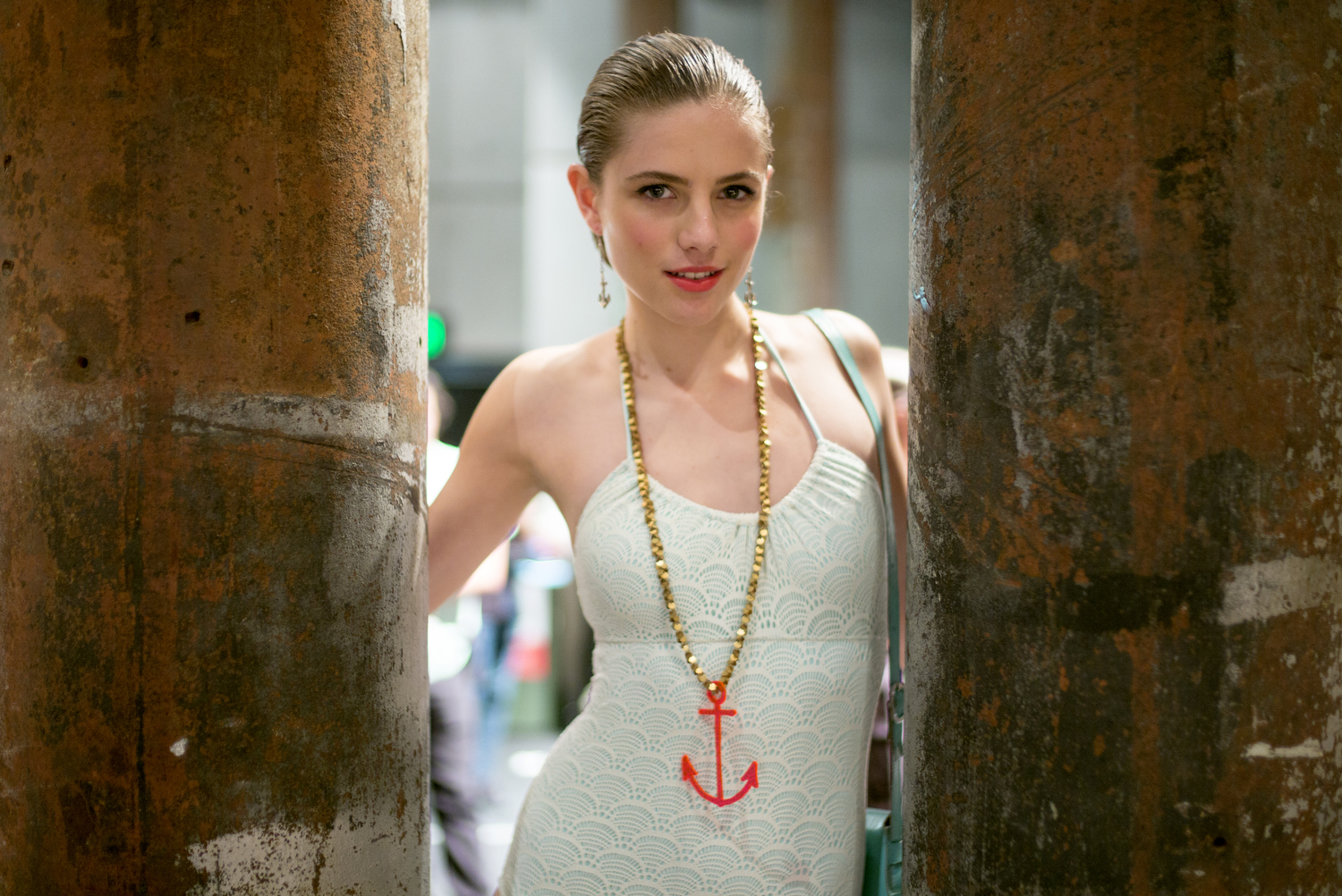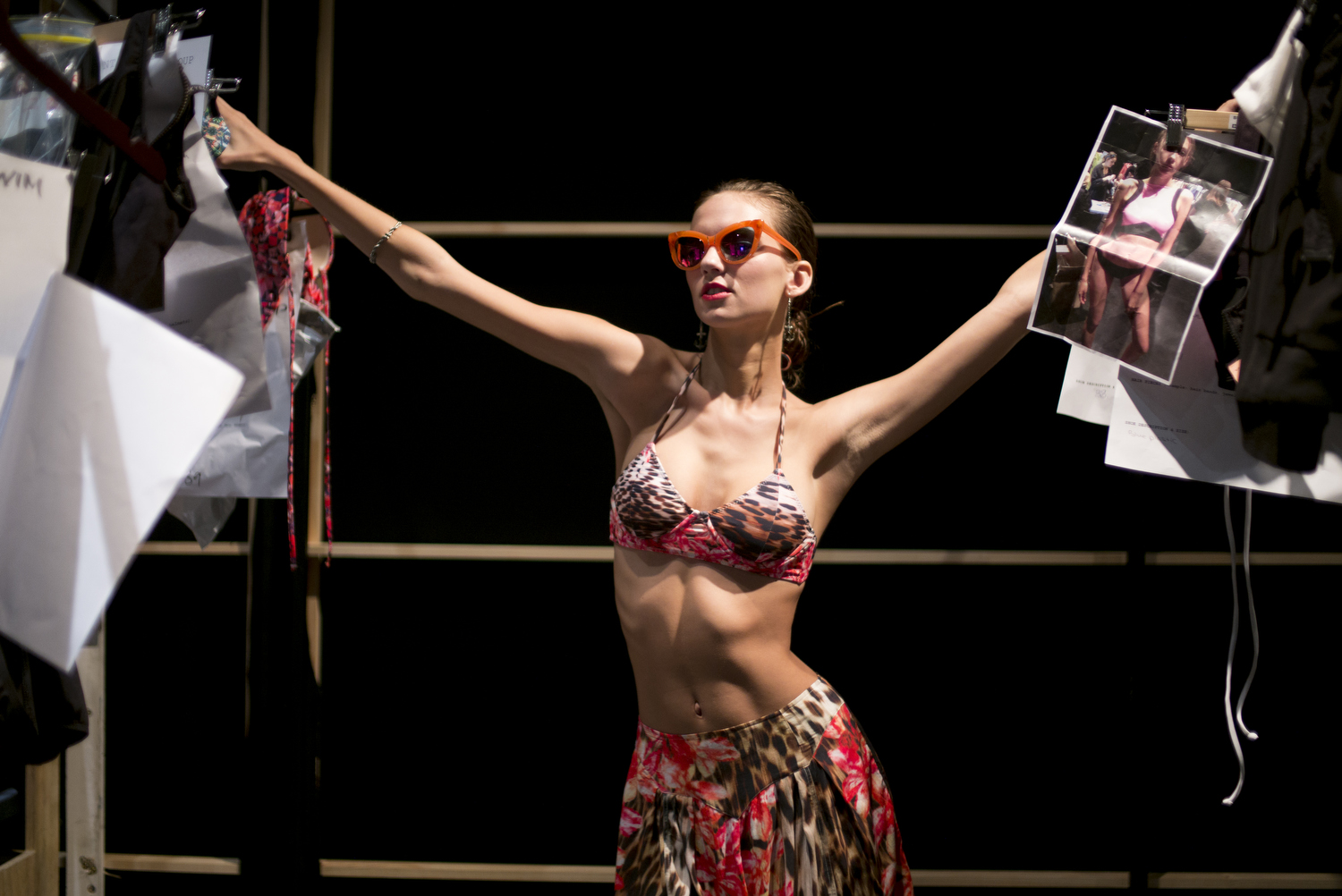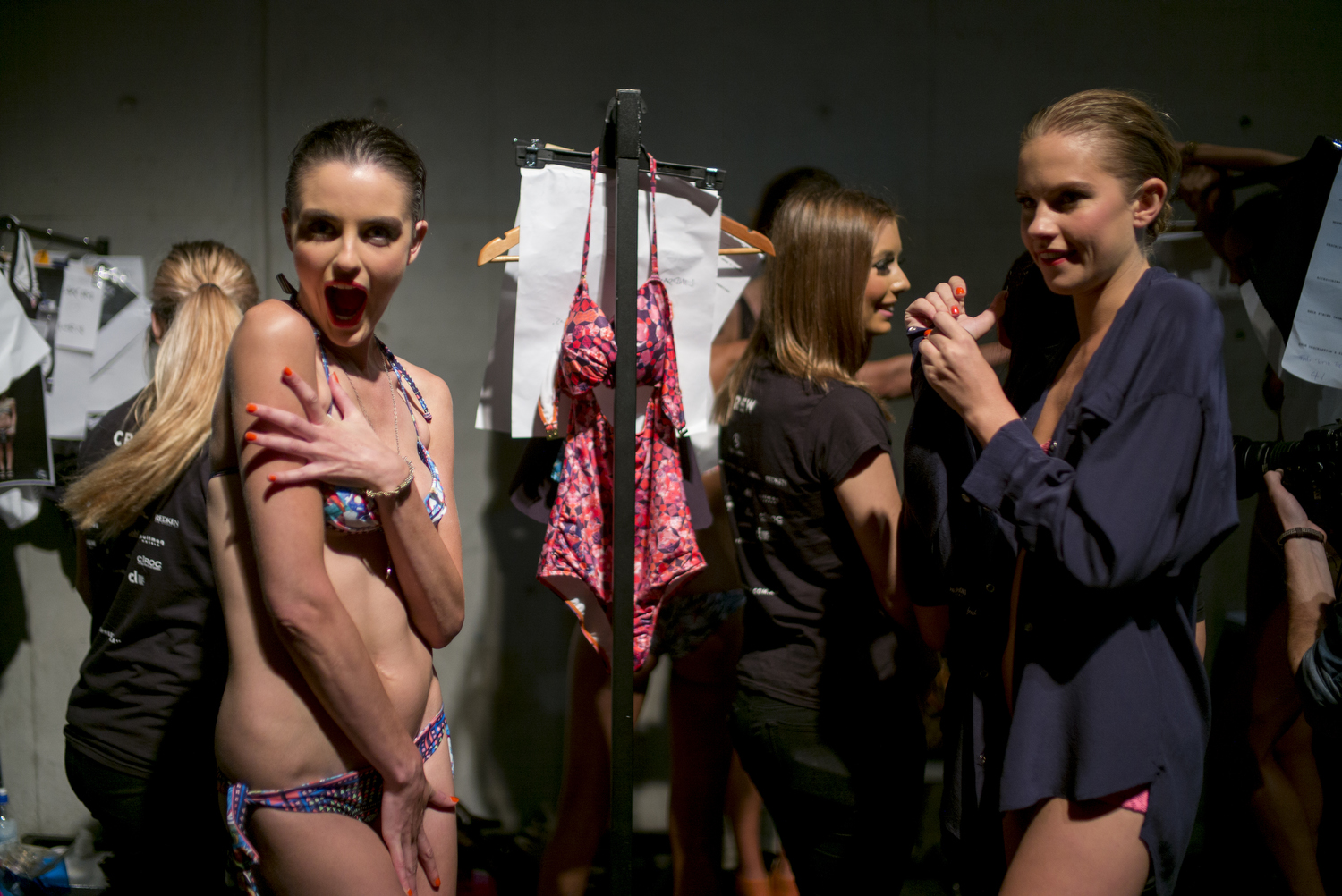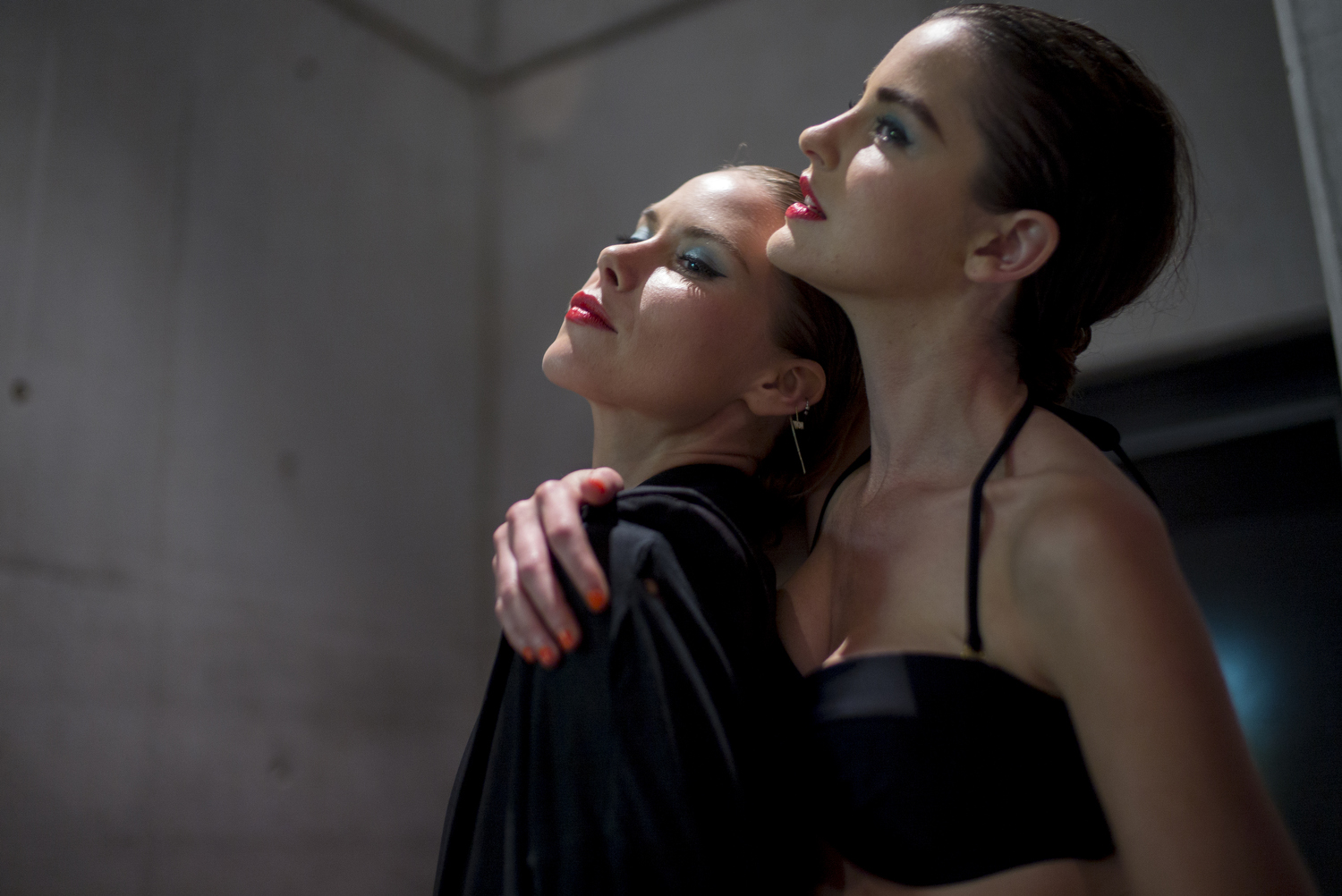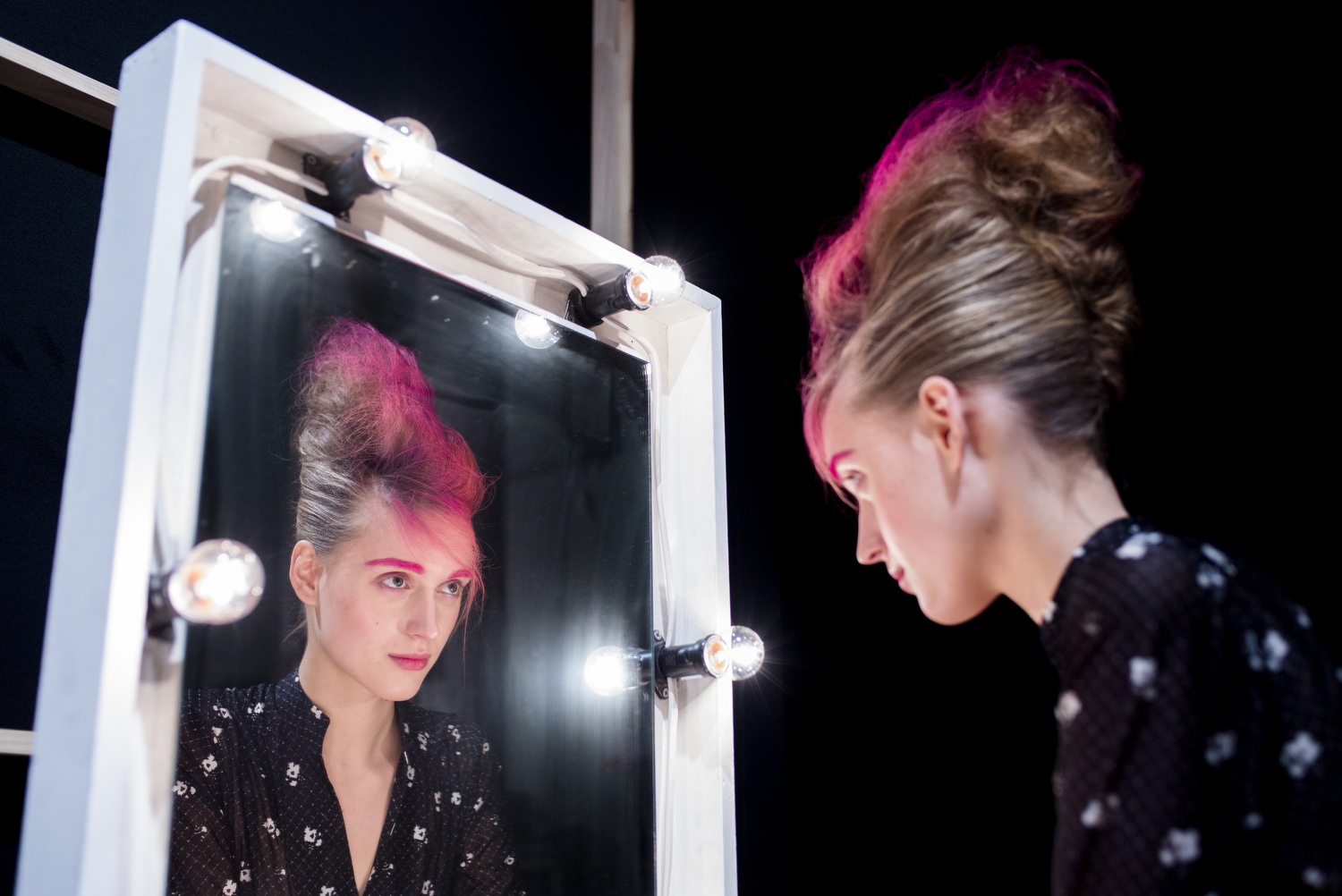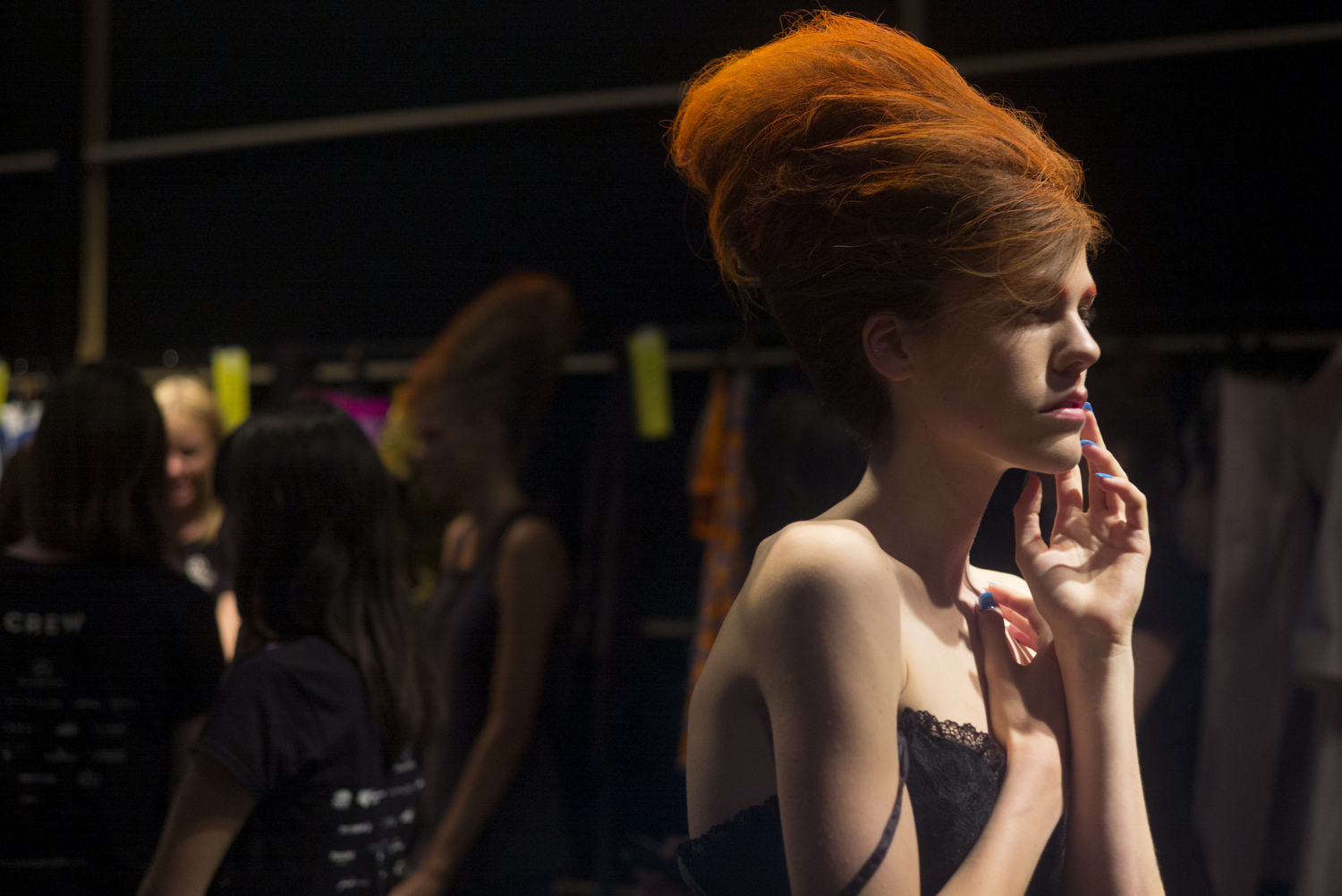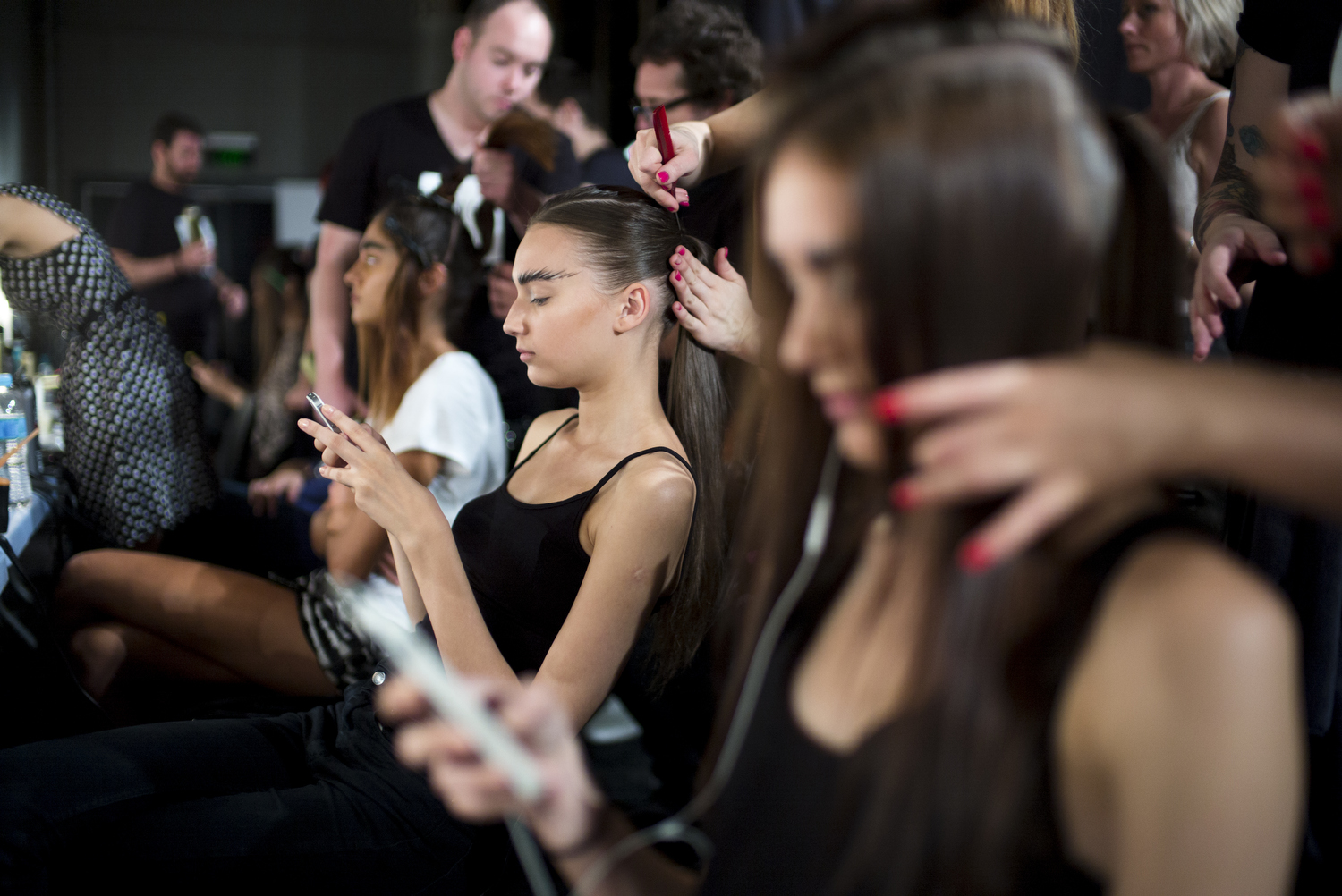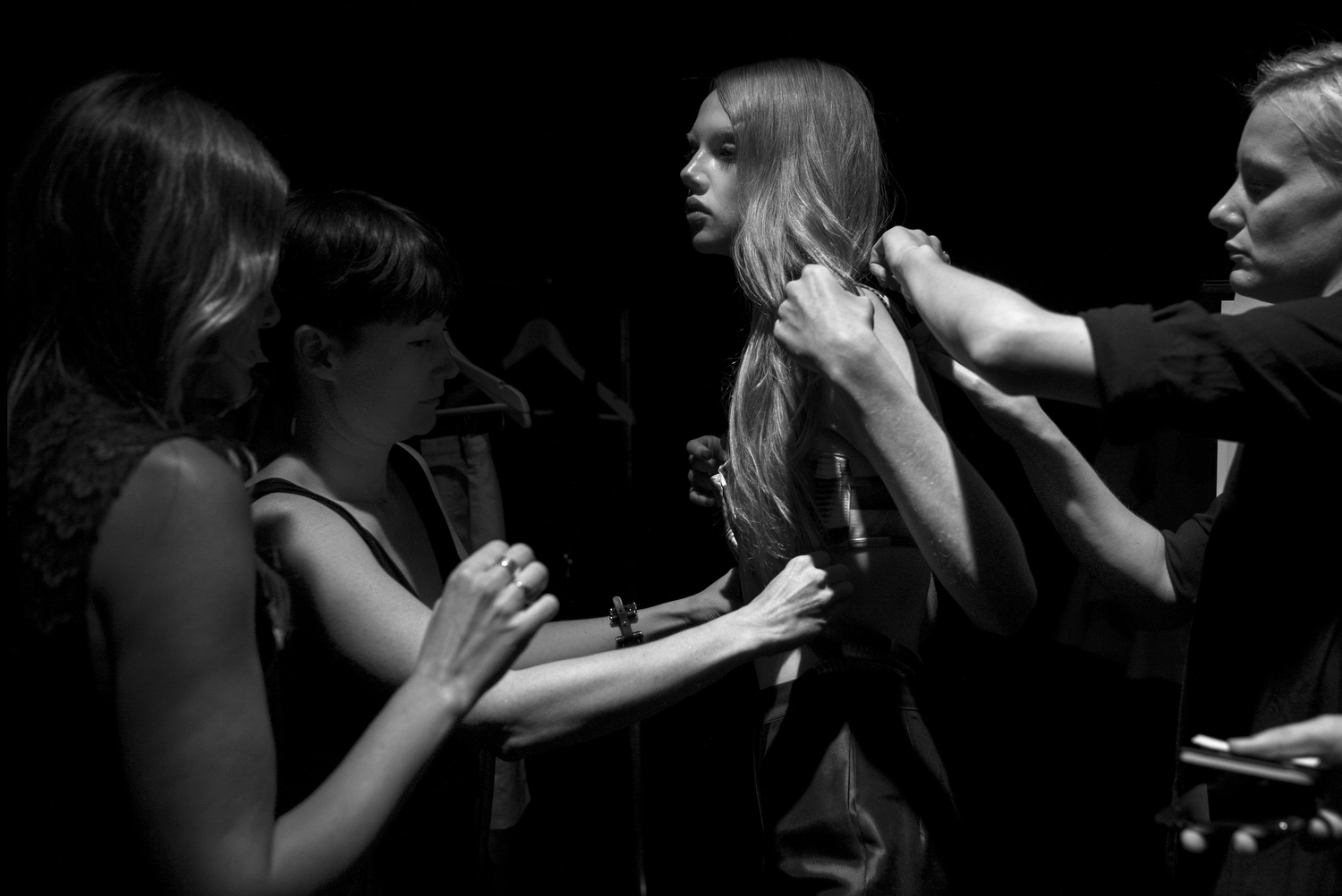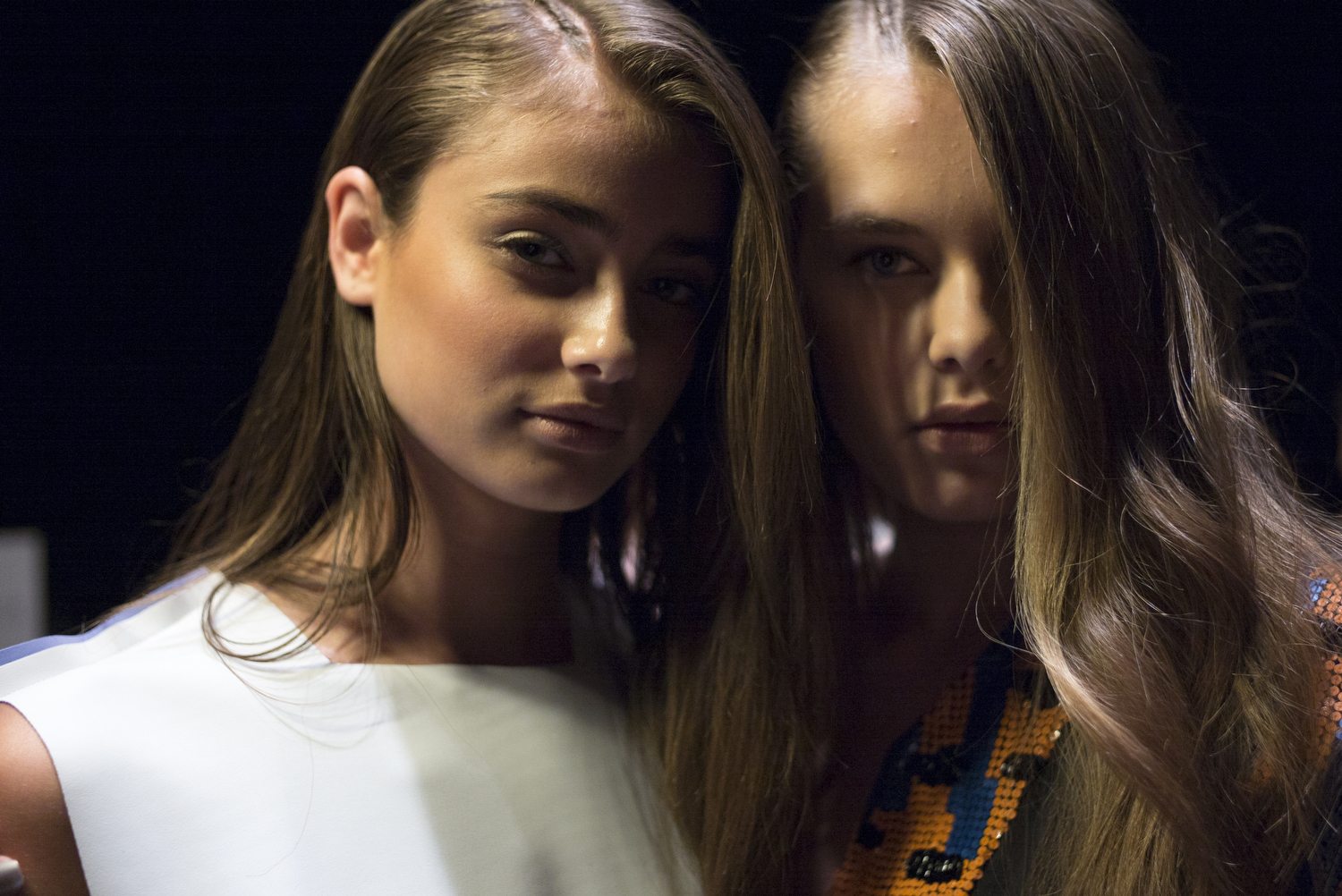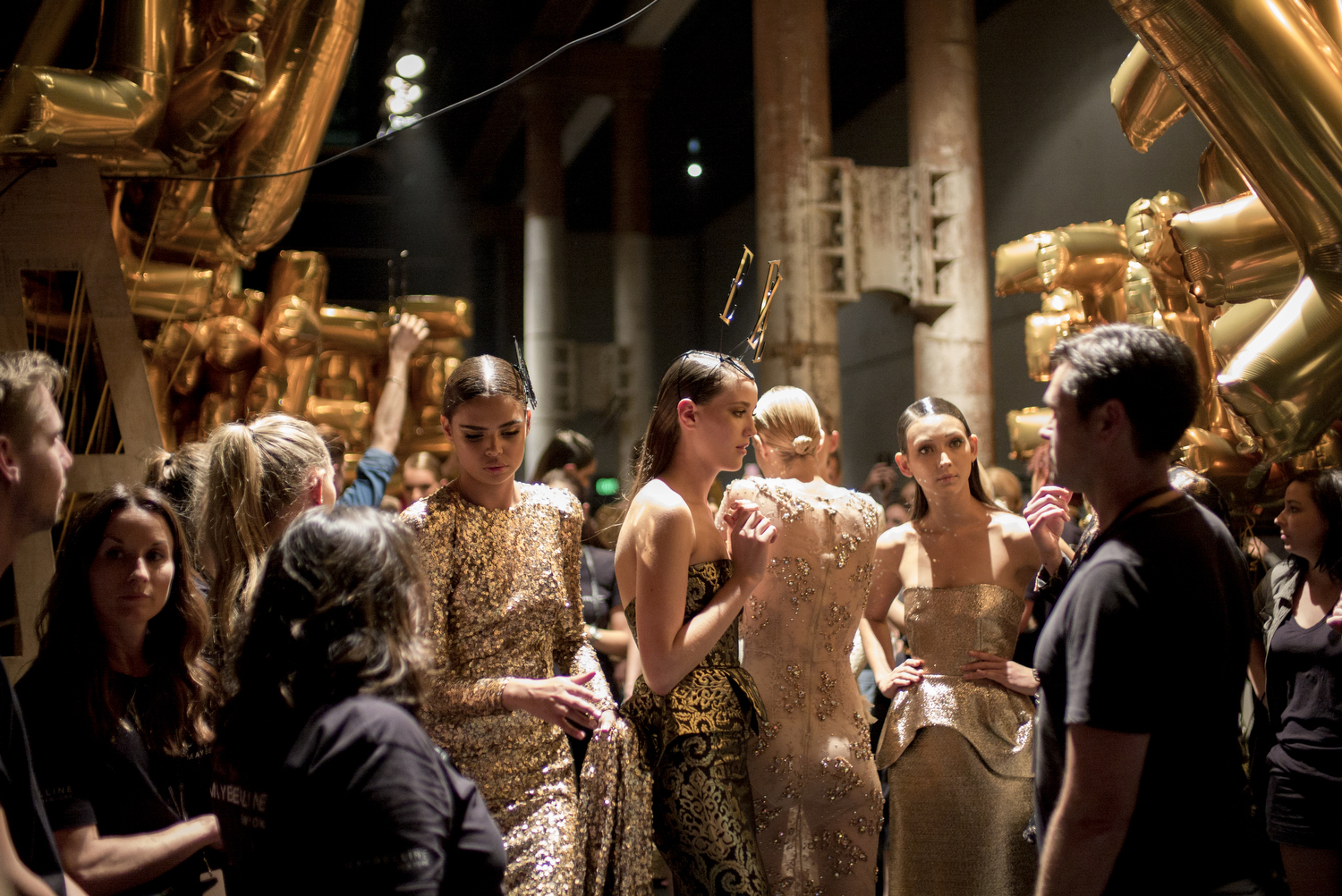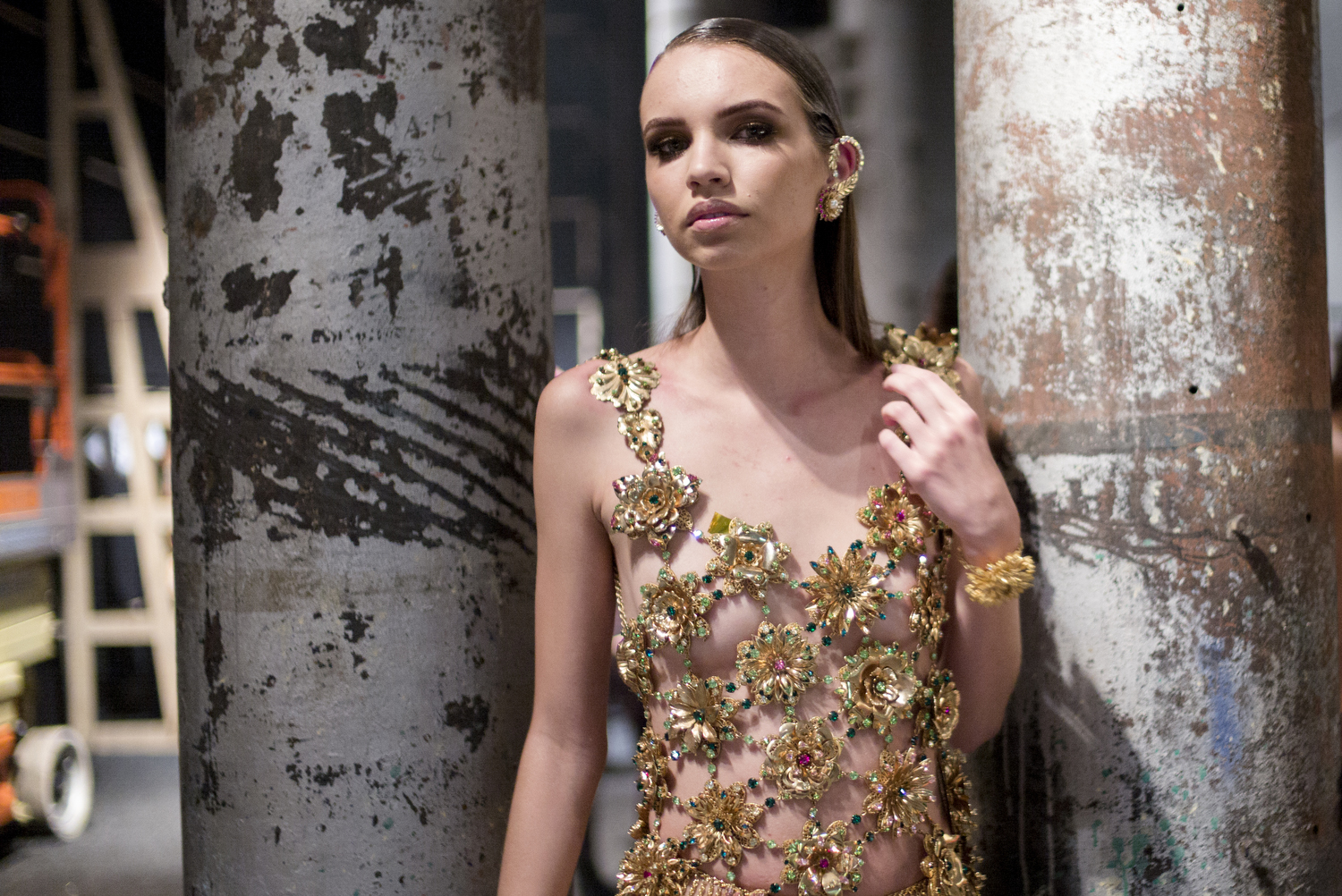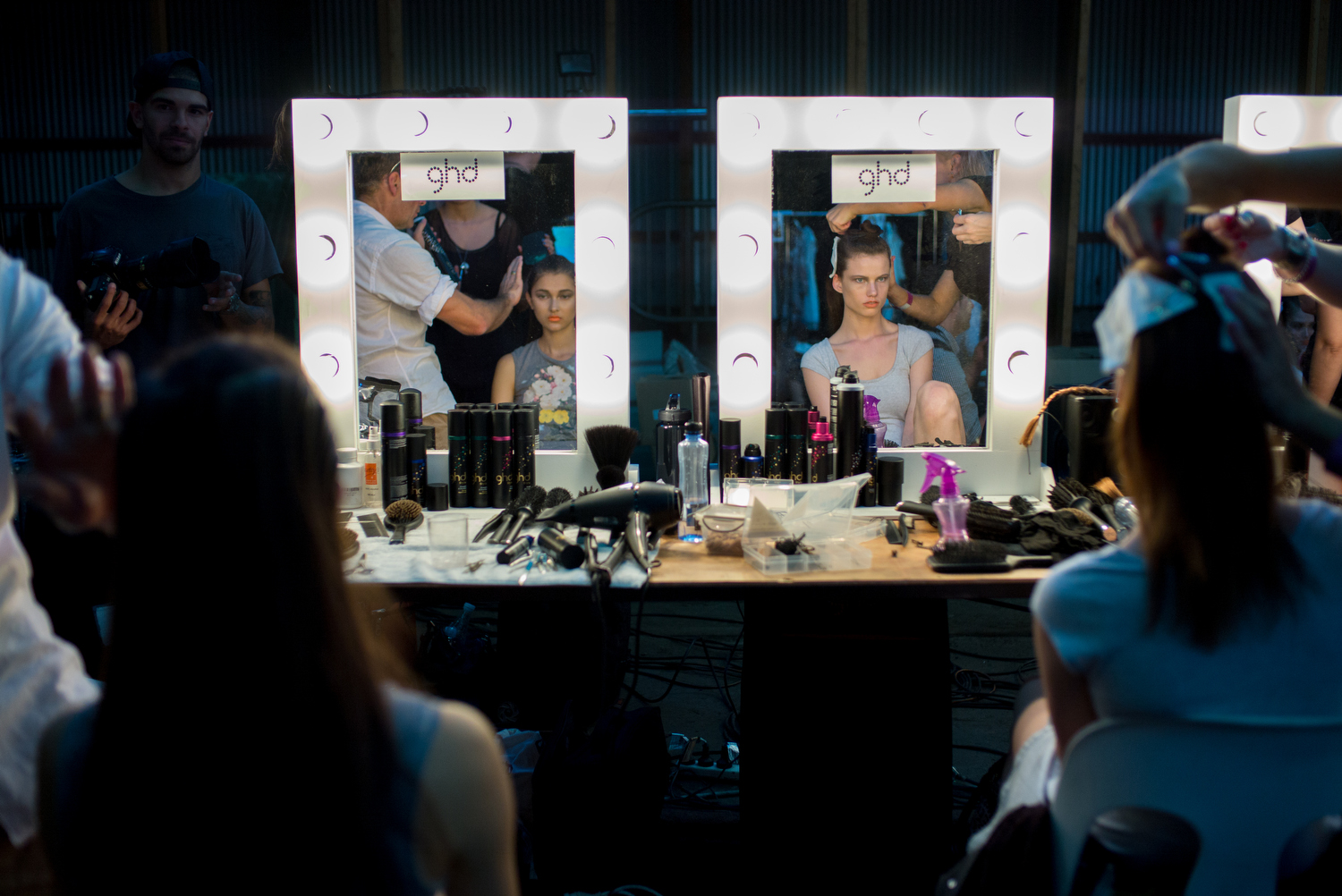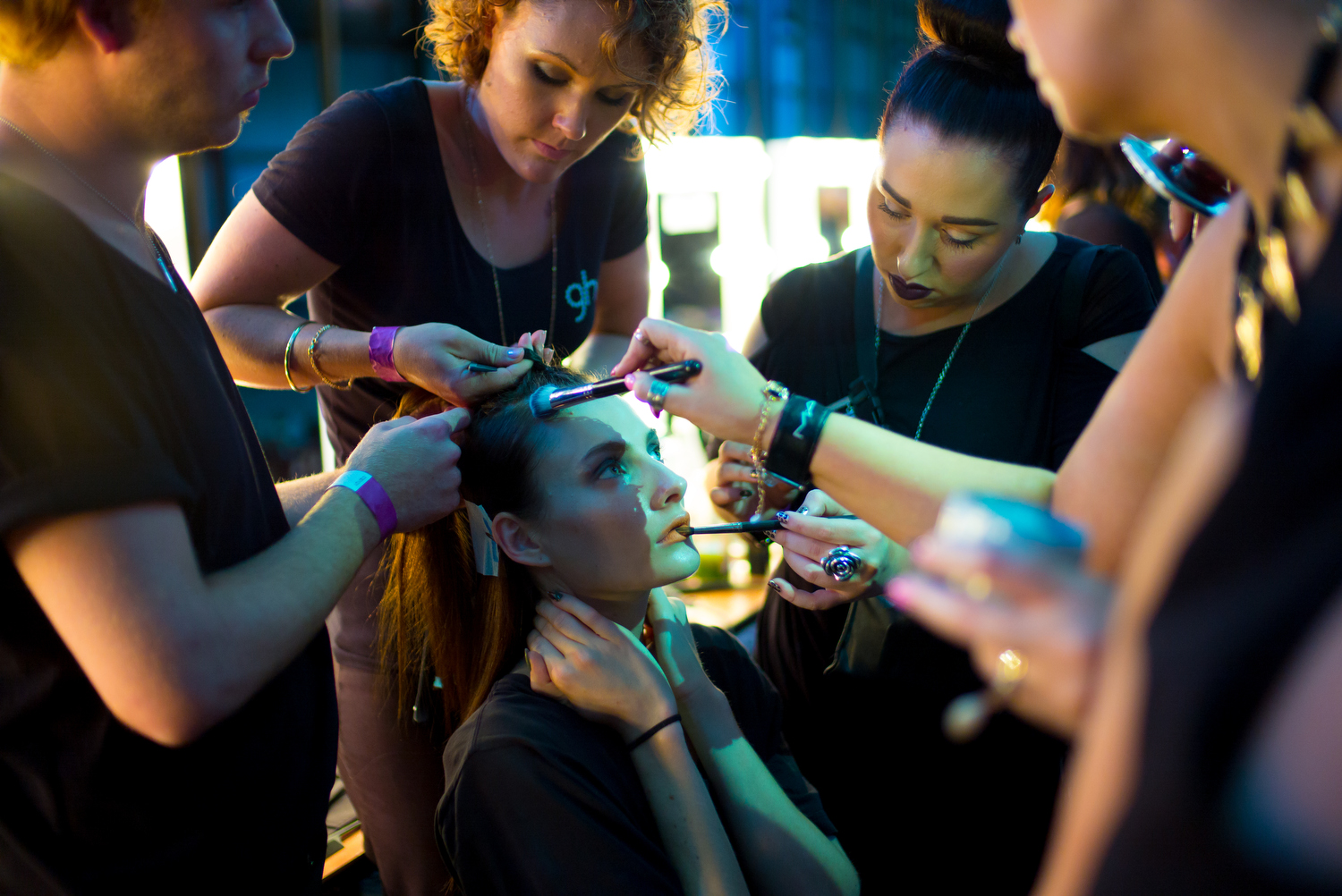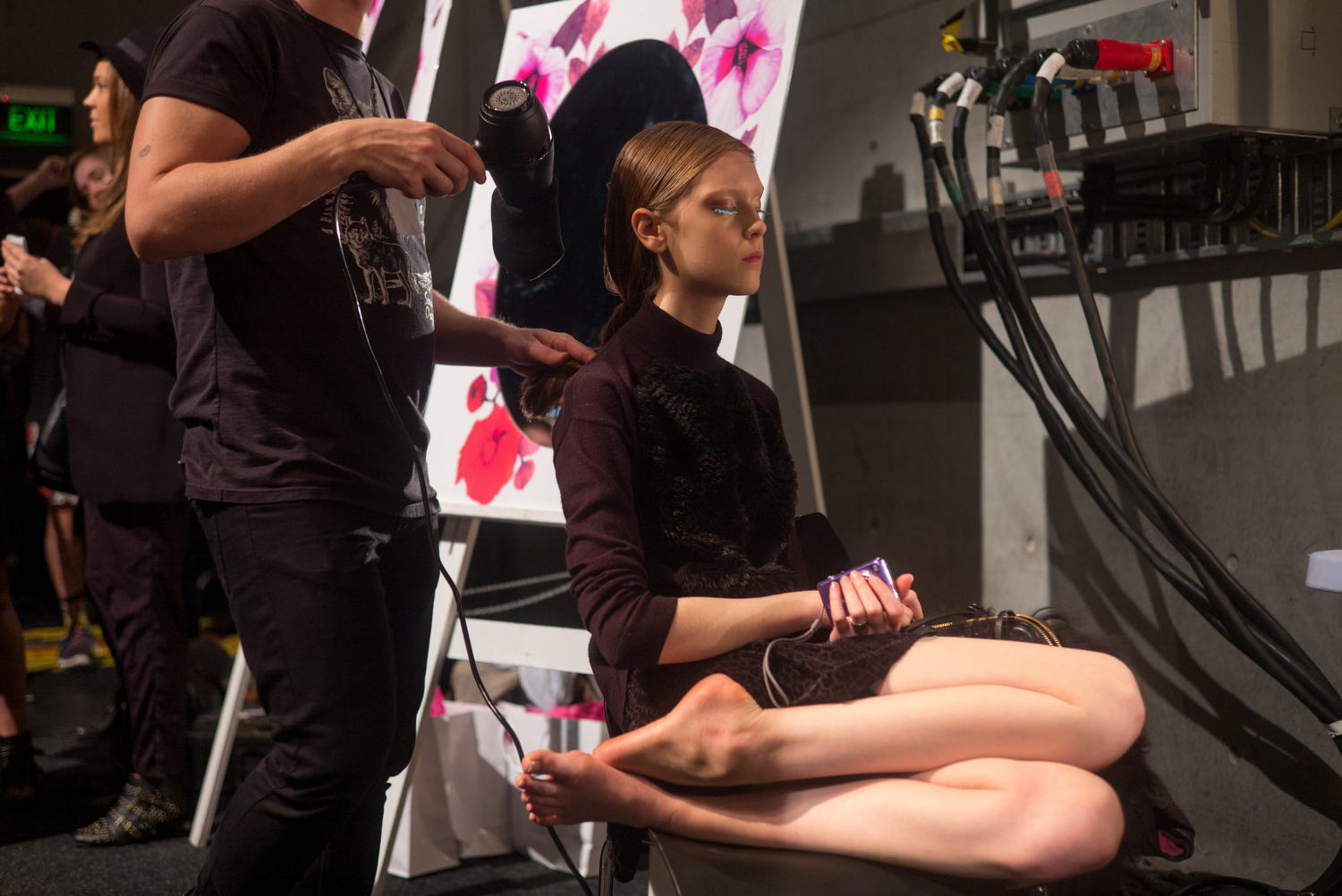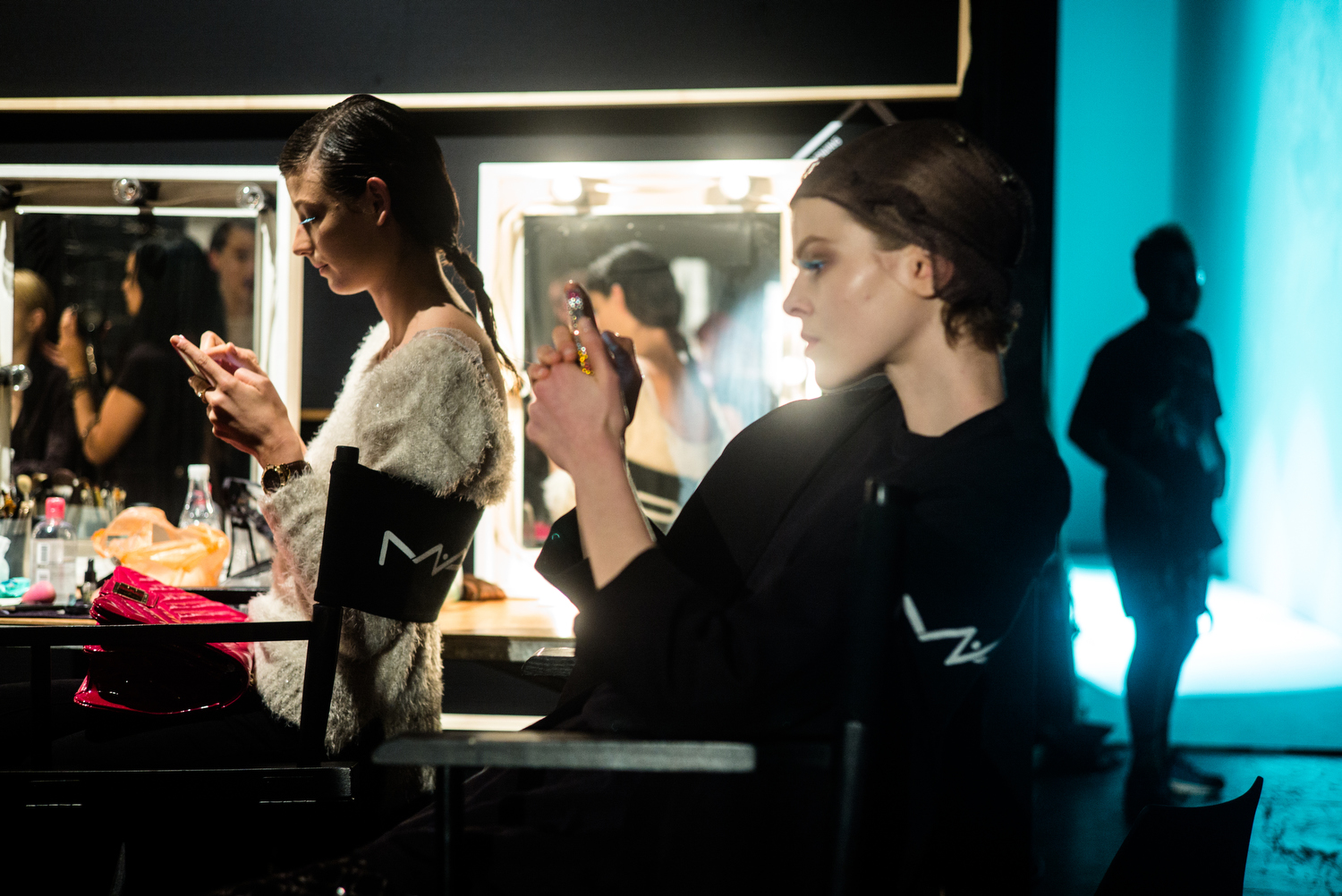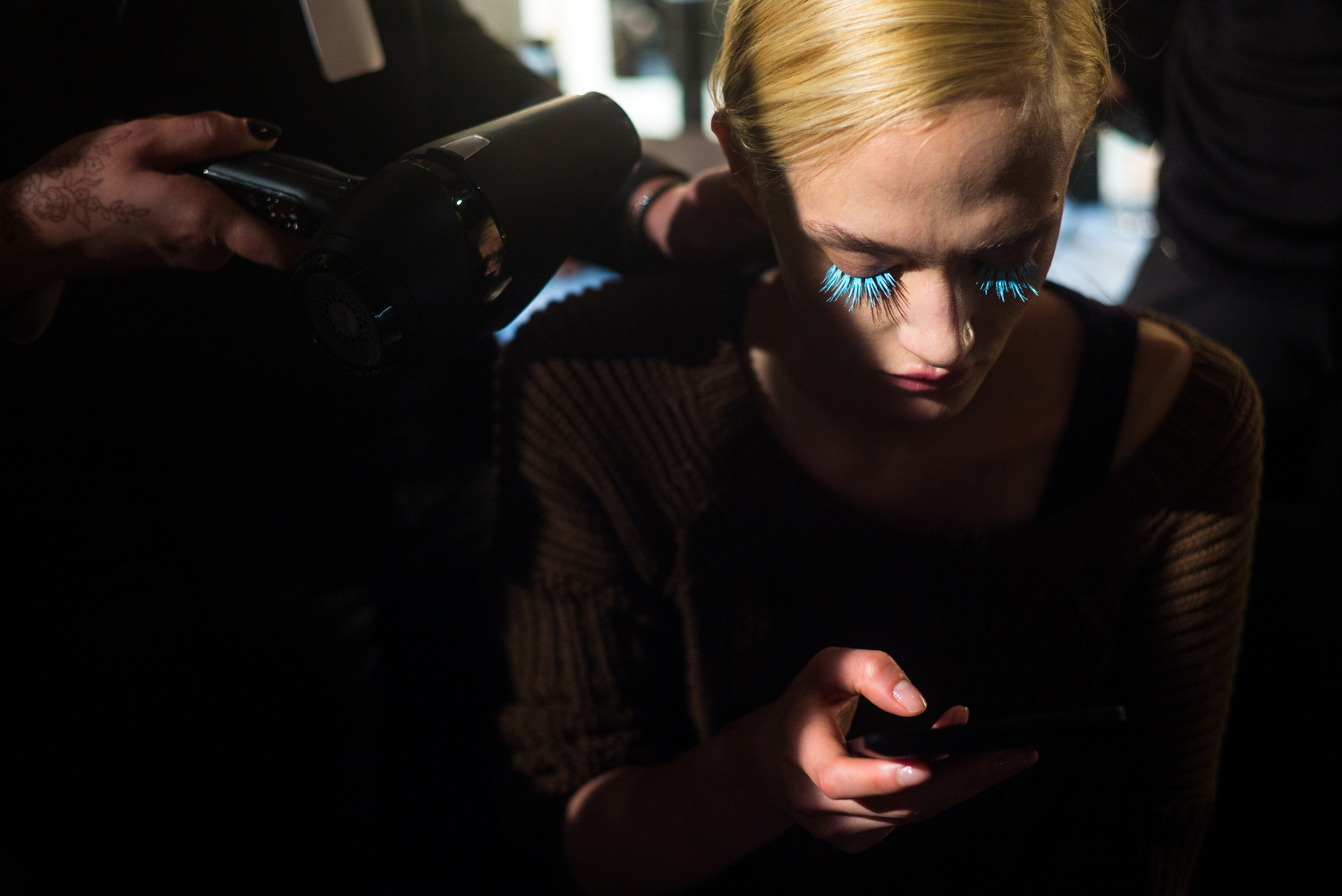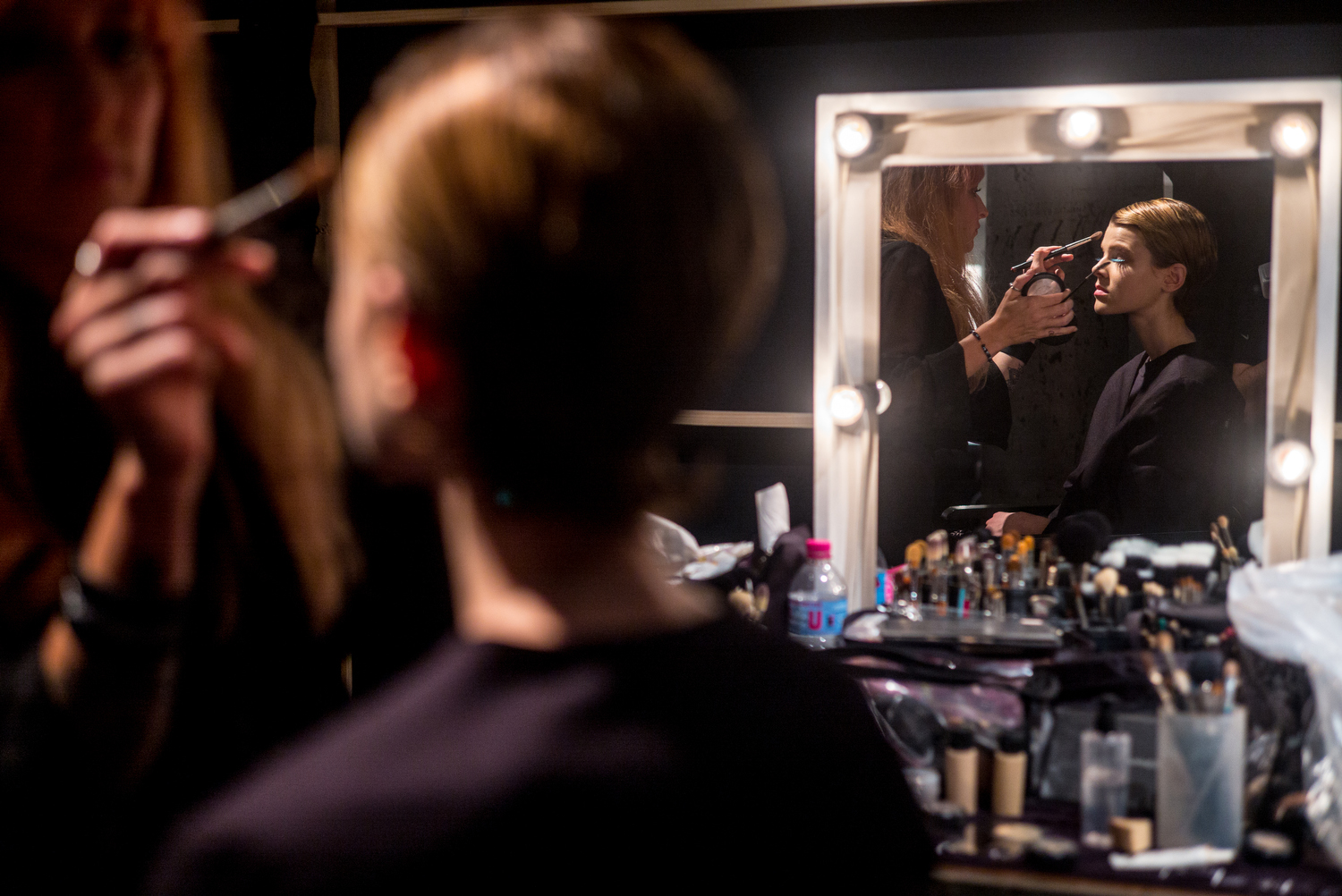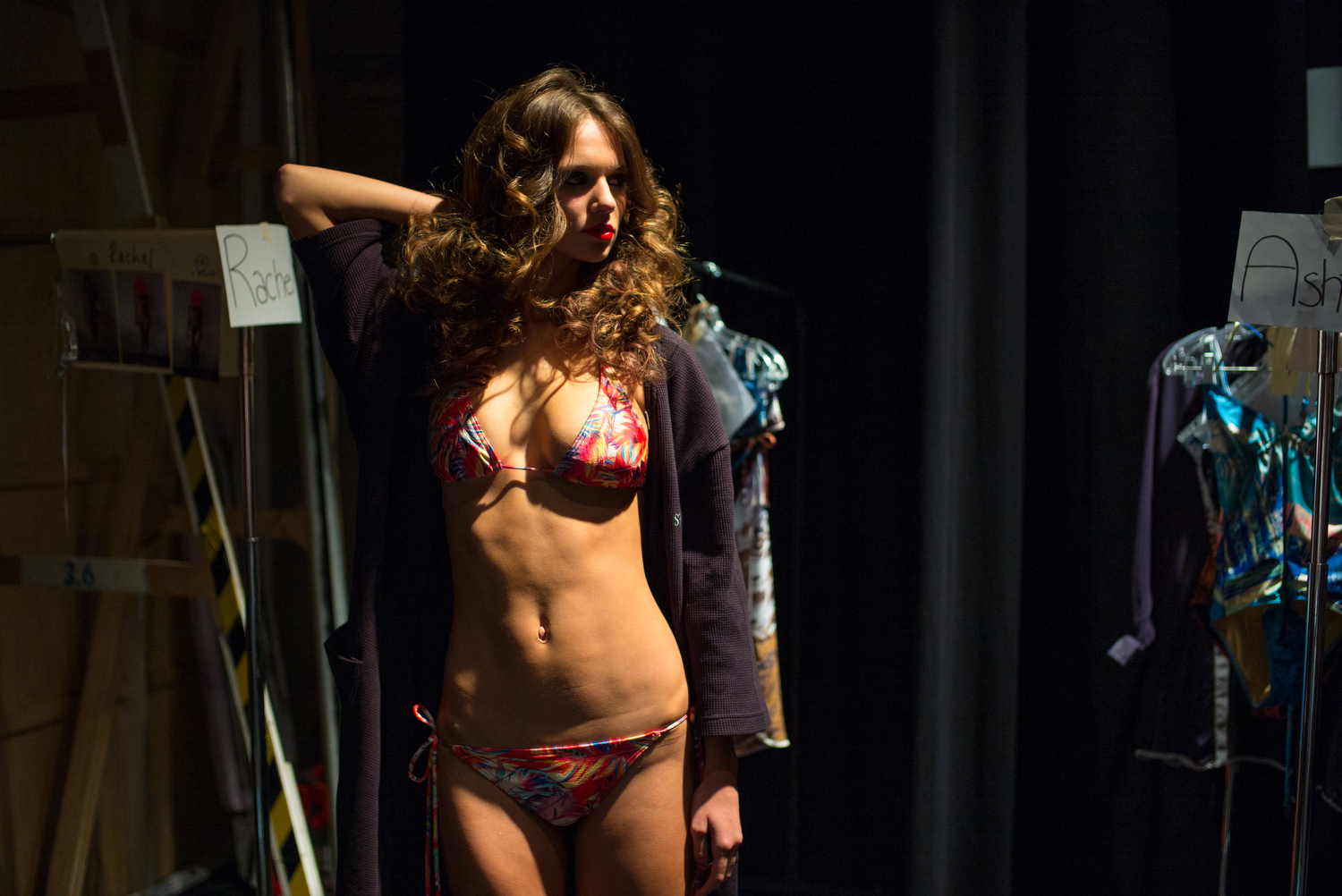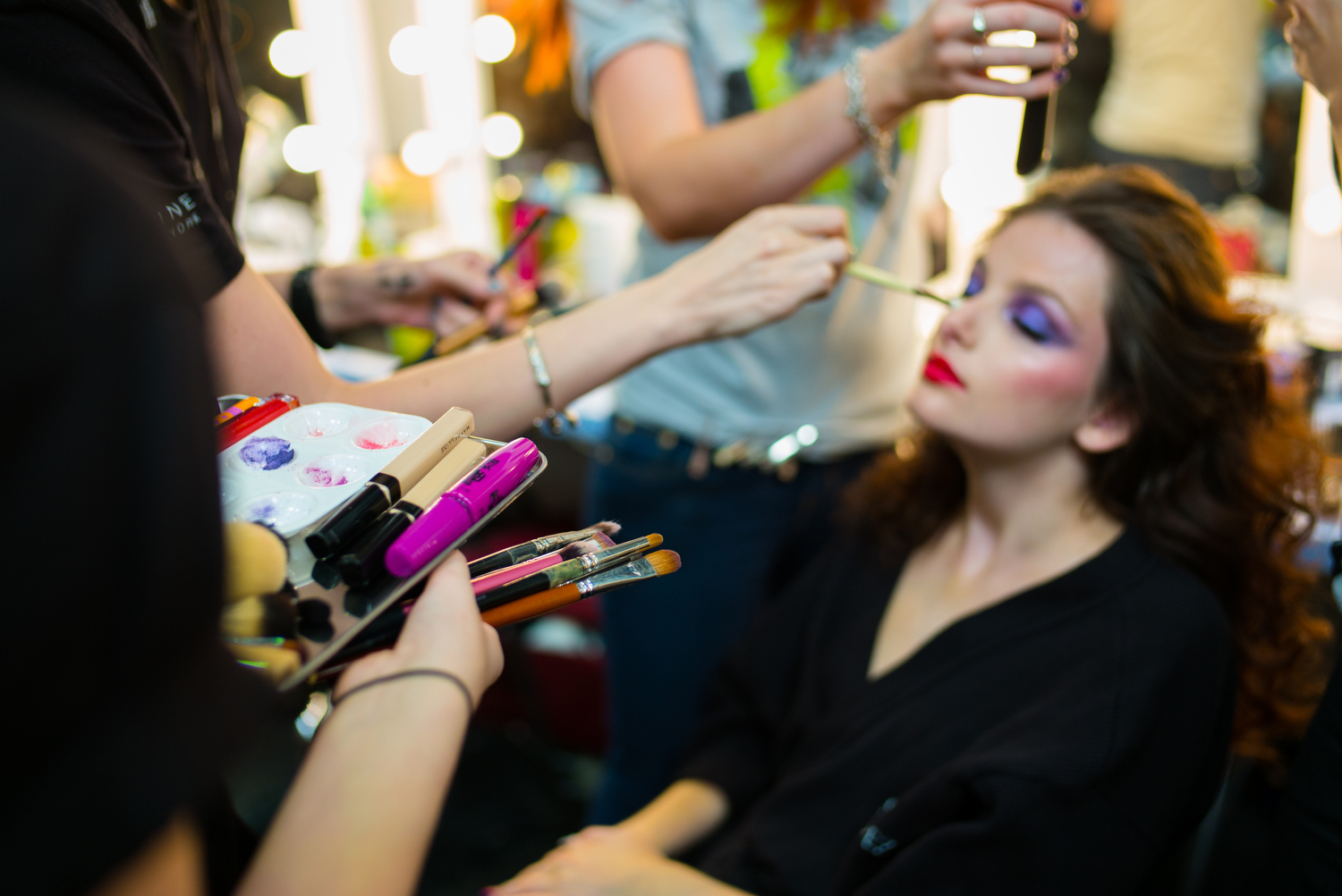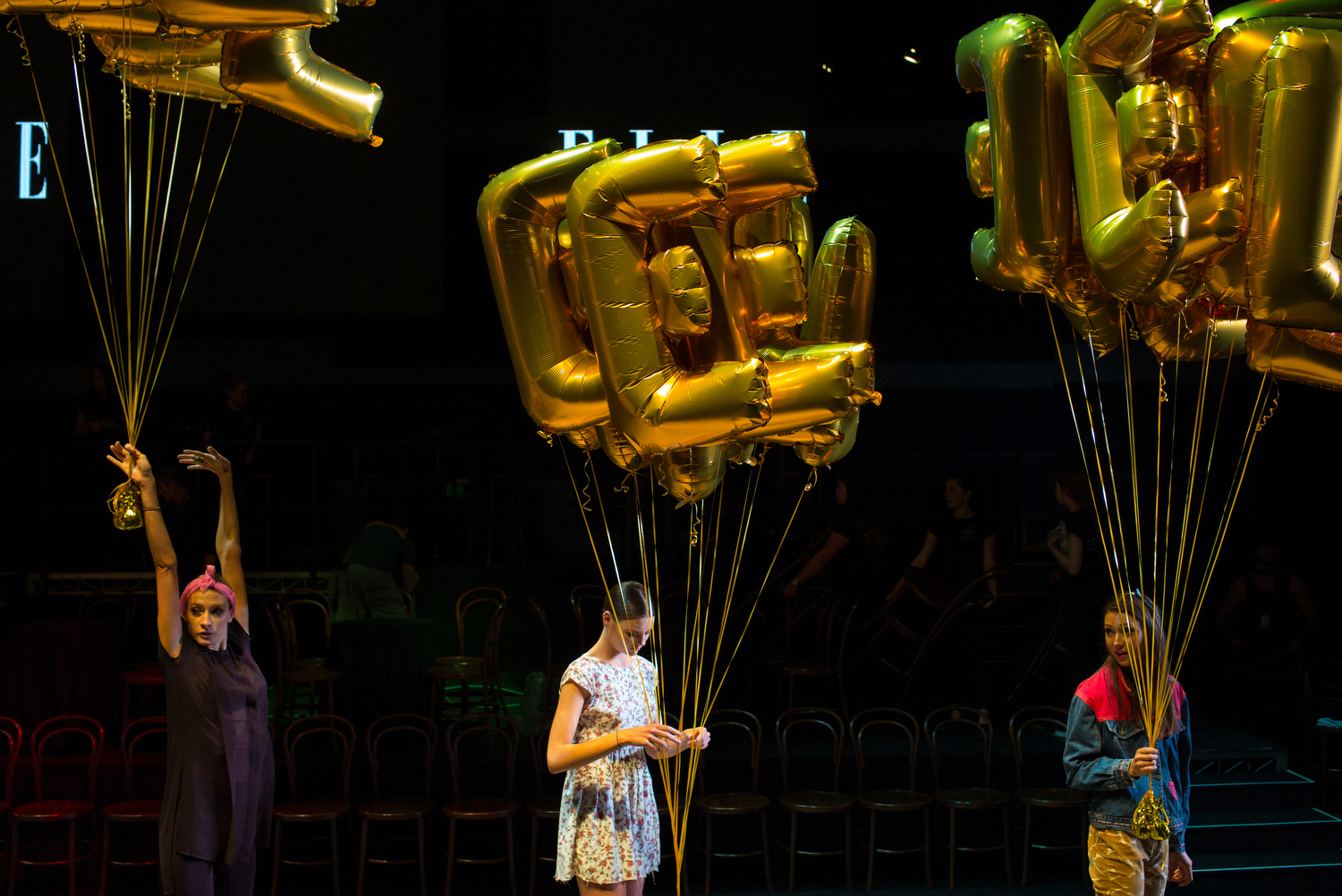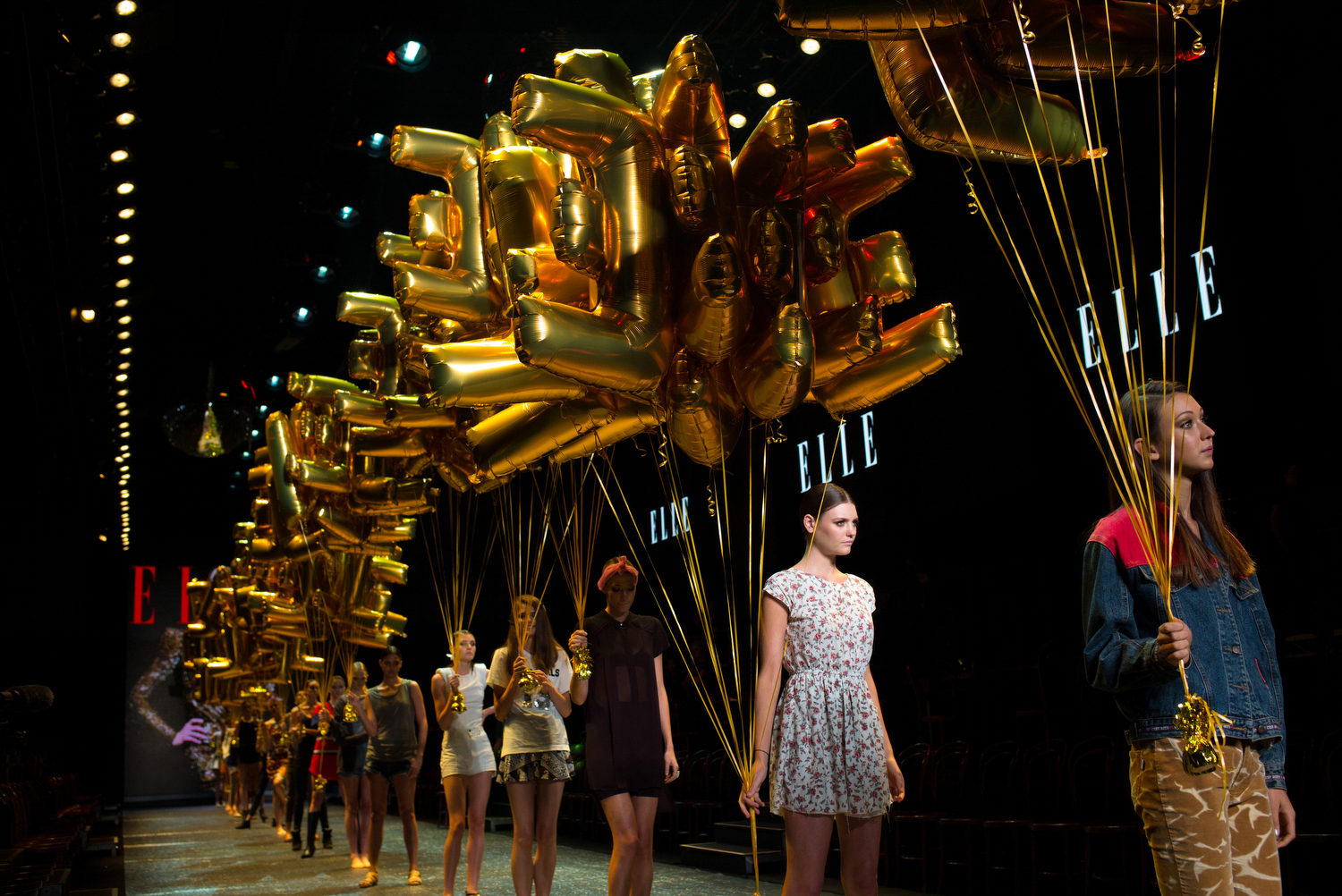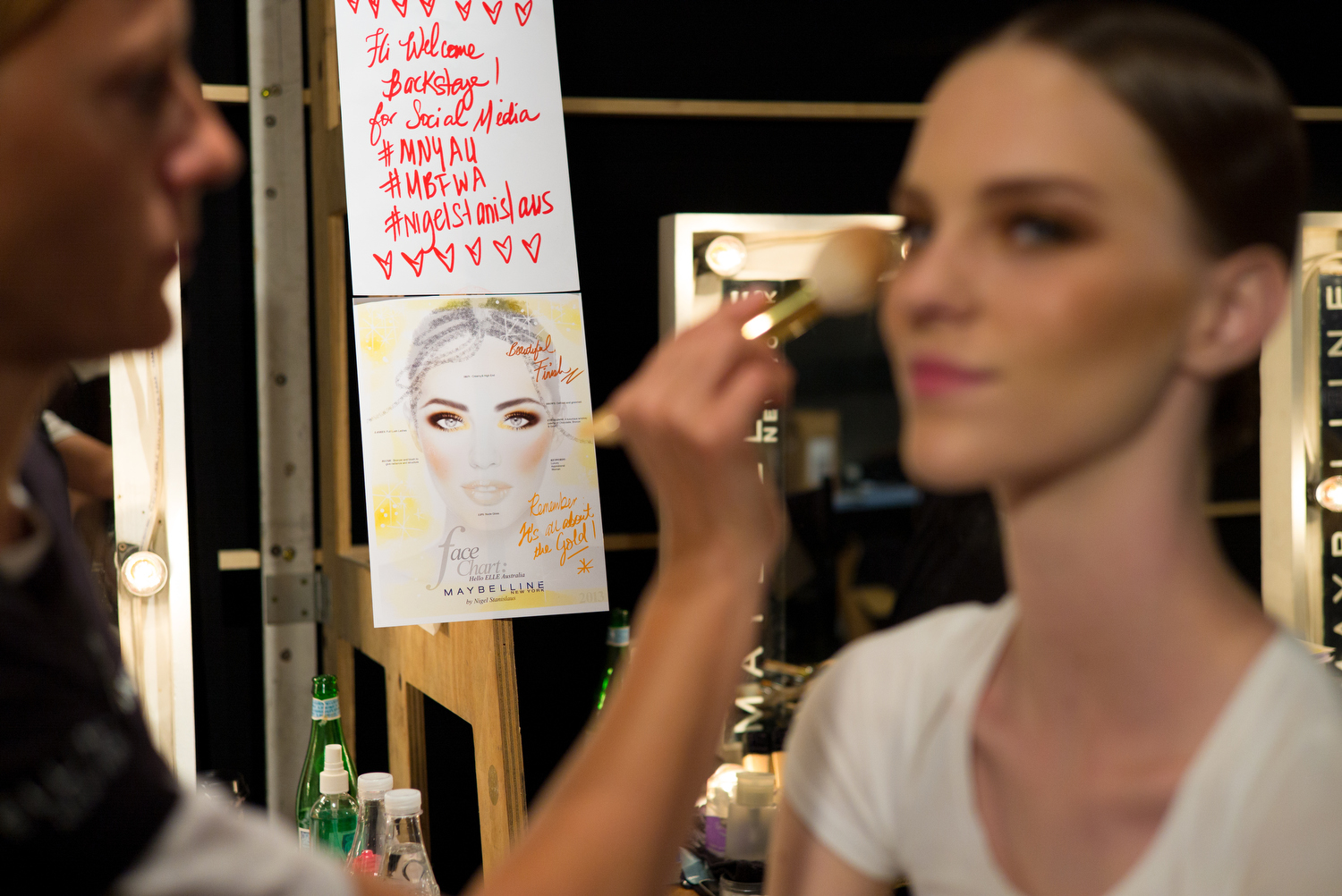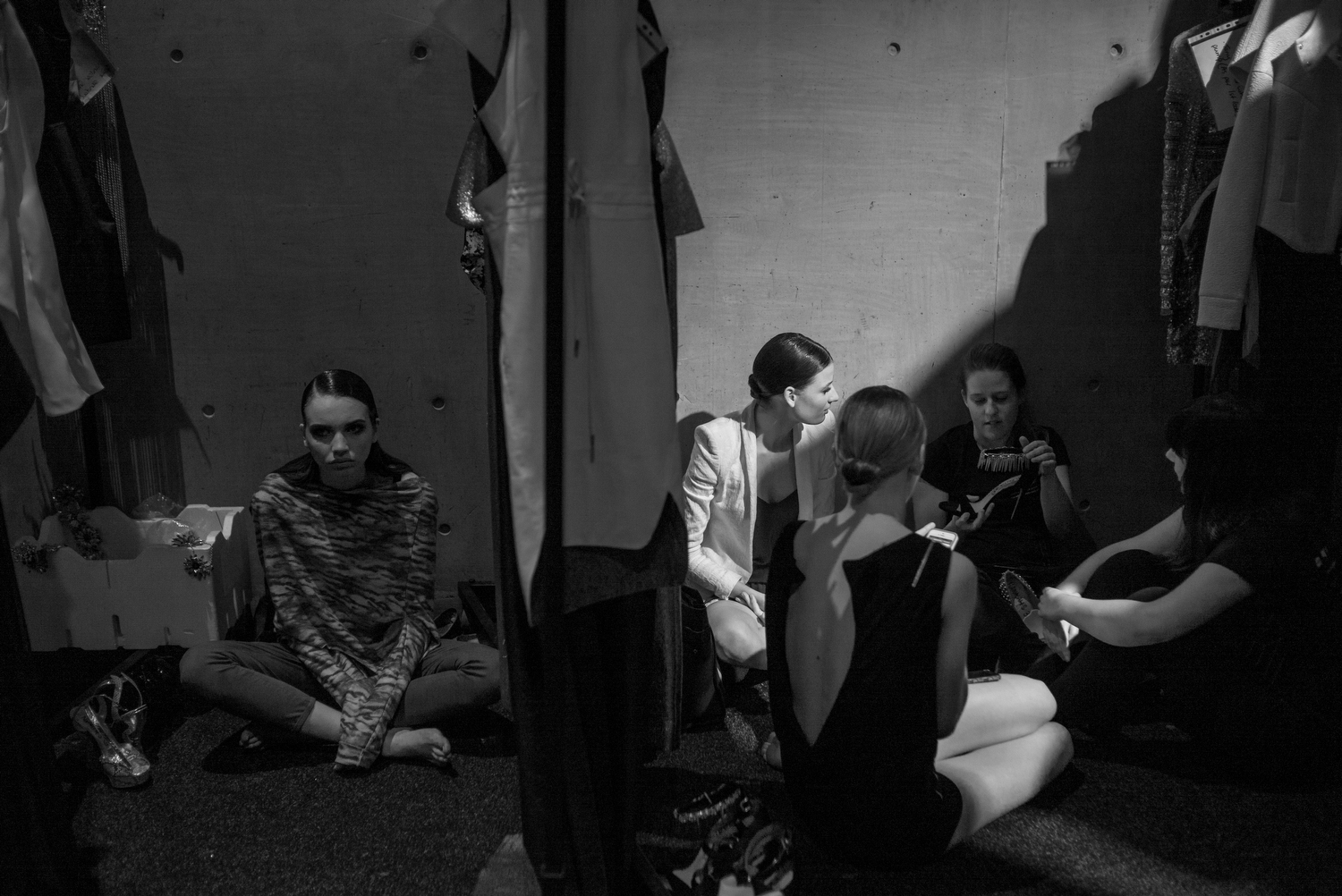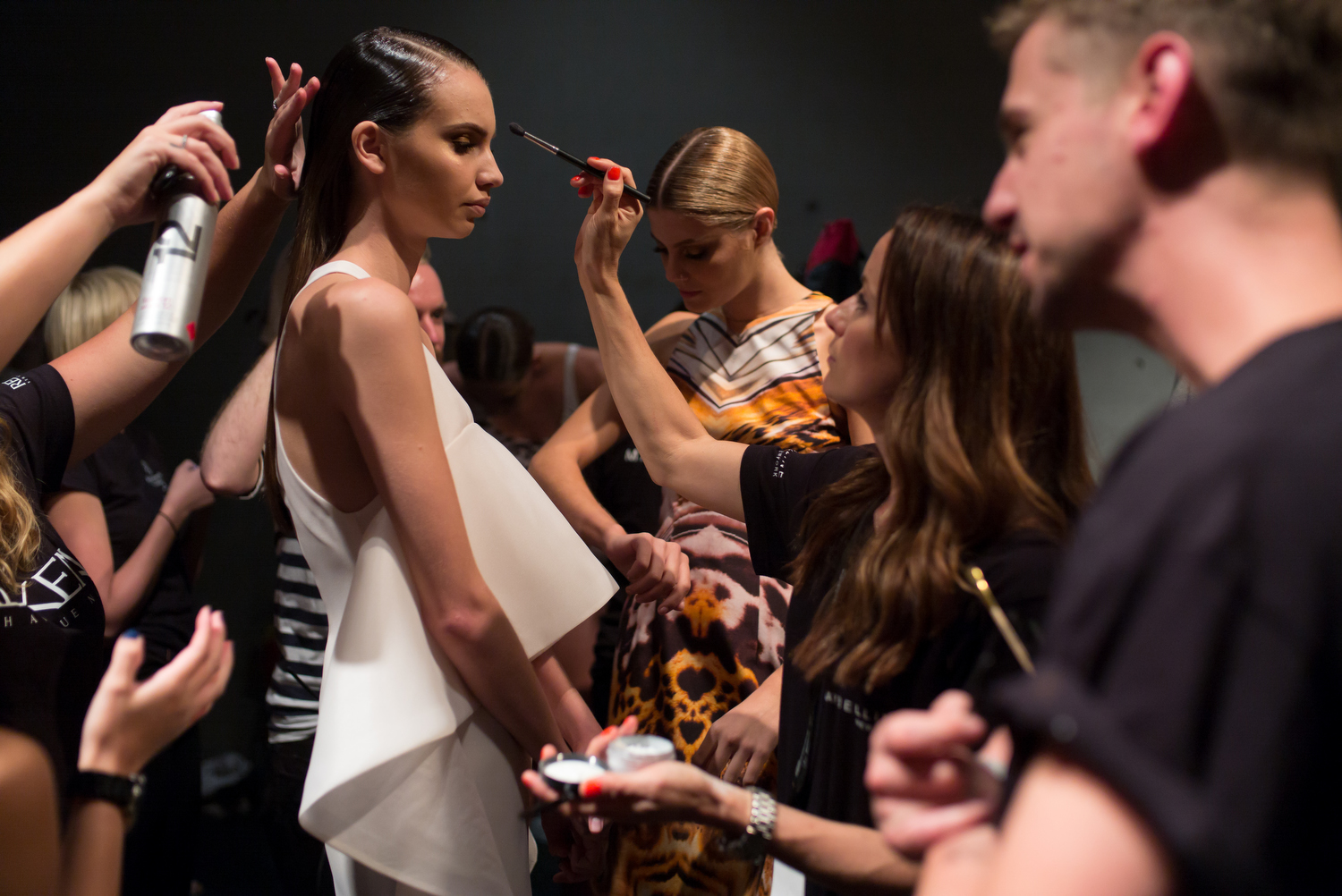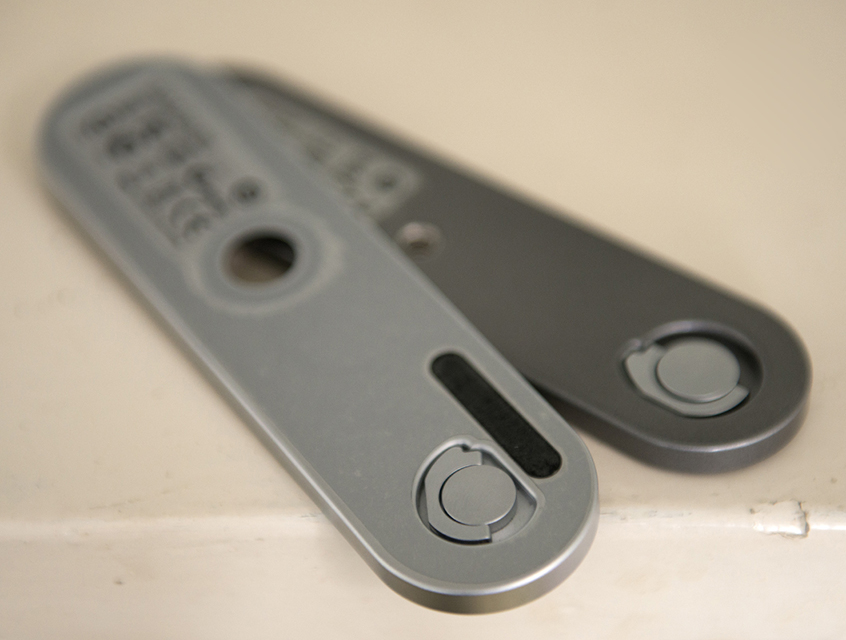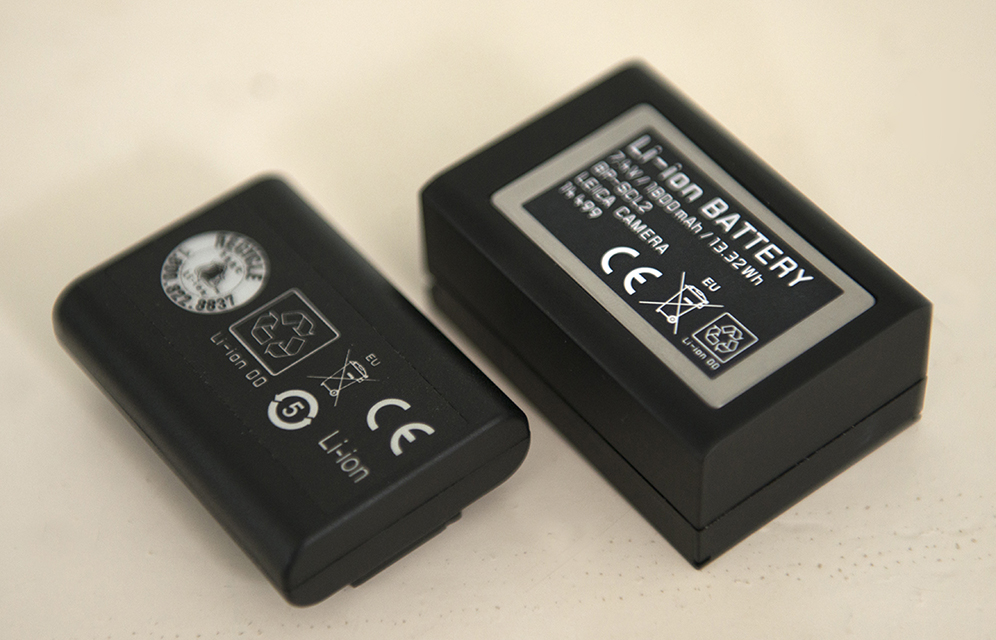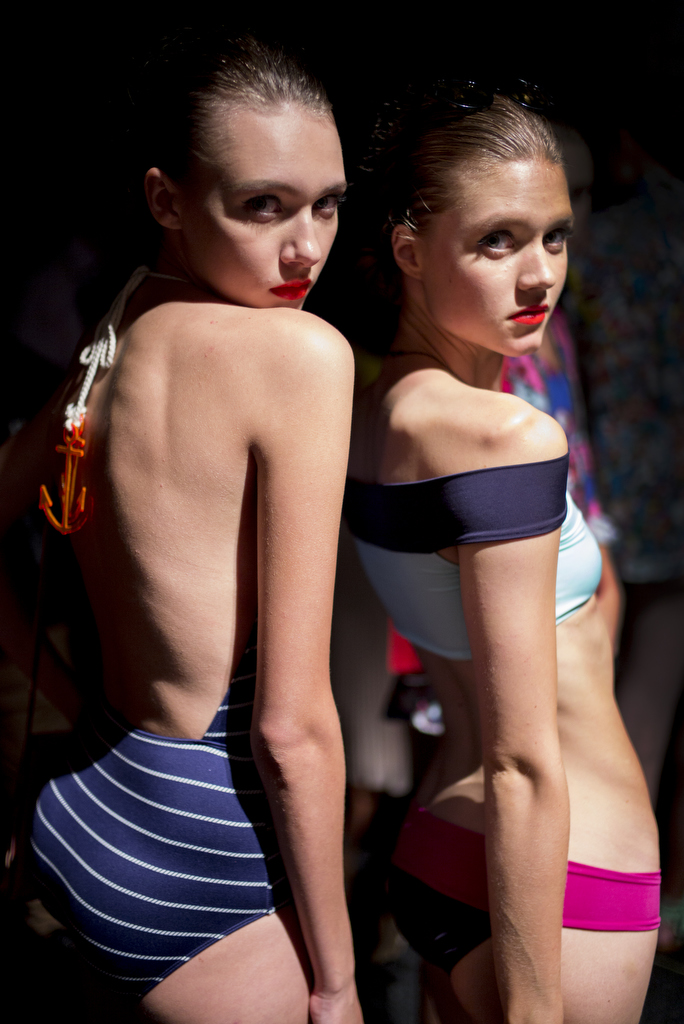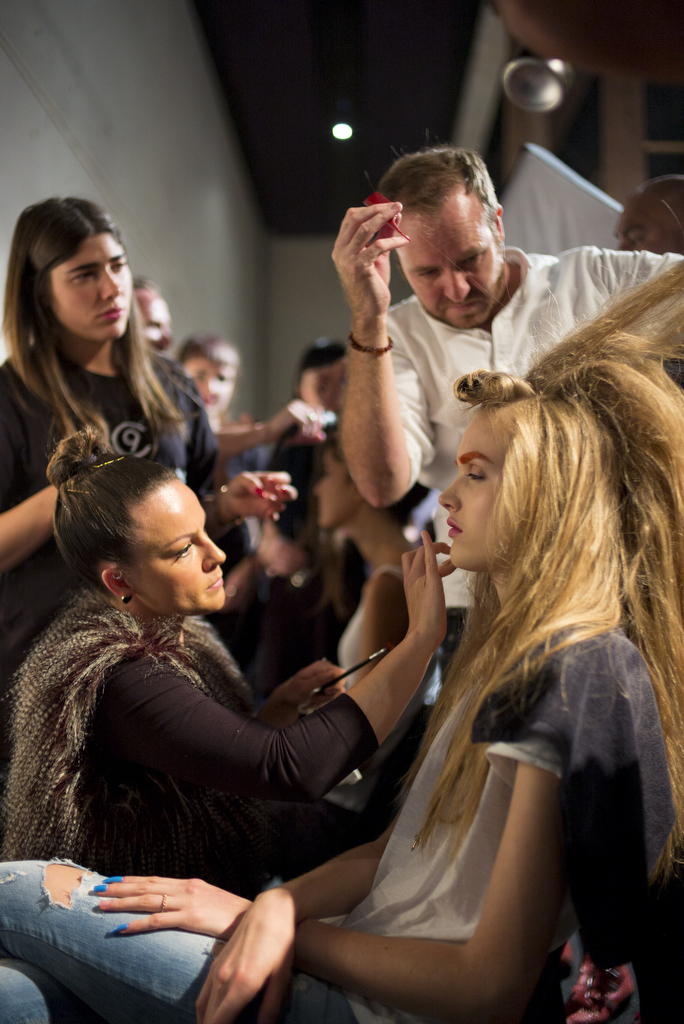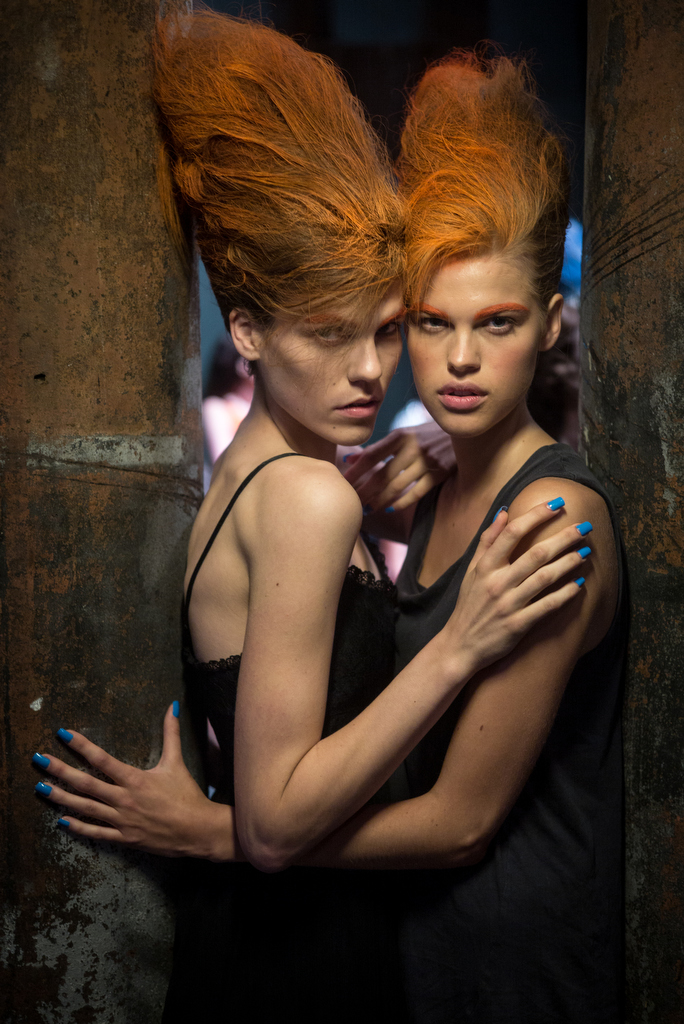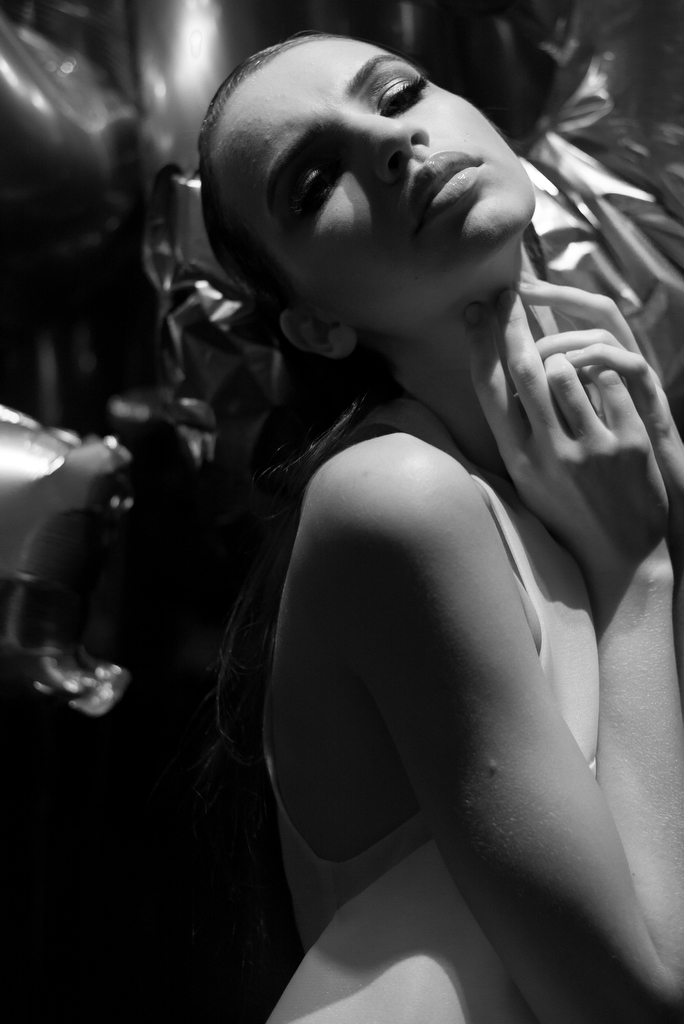The latest camera in Leica’s M line-up of digital rangefinders was a big surprise to many when it was announced. Looking at its feature-set it is clear that Leica has taken a few new steps to compete against cameras in the mainstream market, including M4/3, NEX, Nikon 1 and even SLRs. I think it is fair to assume that when users of mainstream compact cameras want to upgrade, they often look to the M, but are often turned away by the complexity of Leica's rangefinder focusing system. Leica needed to find a solution to address these objectives, and they have done so by adding some significant features – Live View, Focus Peaking, provision for an Electronic Viewfinder accessory and Video Recording features. For this review I will refer to this camera as the M240.
I have to admit that when I first saw these new additions to the M240’s feature list I was immediately turned off. I guess the notion of Leica moving closer toward a mainstream product got to the arrogant side of me, who has always enjoyed using Leica not only due to its simplicity, but also its niche status. Being the curious photographer I am, I just had to try this camera for myself, and I have to say, I am mighty impressed!
Leica M Monochrom
The Leica M9/M9-P and M-E all shared the same Kodak CCD Sensor and many credit the sensor to the gorgeous colors achieved by those cameras. So it was no surprise that even prior to the release of the M240, sceptics were criticizing it for the poor quality CMOS look that would probably come, despite the resolution jump from 18-24MP. But since the introduction of the Leica M Monochrom, I've noticed a big change in the way Leica photographers are shooting and that's a really good thing. With film and previous digital M's, users were shooting wide open a lot to keep the ISO below 800. It's no secret that Leica photographers enjoy shooting wide open to milk the Leica quality at those apertures, but the flip side is that the photography, at least in my opinion, drops to a lower standard overall. The web becomes flooded with wide open test shots. All you end up seeing is bokeh, bokeh and more bokeh. The result is a sea of pictures lacking content and story telling - not to say pictures with bokeh aren't good. Too much wide open shooting can make a photographer somewhat narrow-minded, often destroying the importance of the picture by blurring out backgrounds too far, and missing focus due to taking so many risky shots at fast apertures. I am also guilty of this - attempting to achieve 'effect' over everything else.
M Monochrom and Zeiss Planar 50/2 at f/11
......now back to the Monochrom. The M Monochrom was Leica's first big step into the new high ISO world where photographers can shoot in medium to low light without always shooting wide open, and with faster shutter speeds, guaranteeing a much higher hit rate for sharp images. I believe the Monochrom is Leica's greatest achievement yet and was the first Leica ever made that gave photographers a useful tool in low light. Since its release I'm definitely seeing the best Leica photography I've ever seen from general users. Pictures are being shot with smaller apertures and I'm seeing a lot more story telling. Photographers are even making more effort to find more interesting things to shoot with the camera. It's no doubt that the ability to shoot beyond base ISO is a key factor attributing to this improvement in photography. But before I turn this into an M Monochrom review, I will say that I believe and hope the M240 will continue this trend, in color. There's certainly a high standard to which the M240 must follow......
Being a photographer that never uses auto-exposure and cares little for video features I will only talk about the stuff that applies to me, in the hope that it will be enough to satisfy you readers out there.
To answer a question that I keep being asked … were you a beta tester for Leica?
> No I wasn’t one of Leica’s beta testers for this product. I purchased the camera just like anyone else. I’m also not a professional reviewer or blogger. I’m just writing this as a user review from my own experience during the time I’ve owned the camera.
Thumb wheel and navigational button
Notable physical changes and additions
In hand, the M240 feels very much the same as previous digital Ms. Coming from the M Monochrom, I was extremely excited to see the large 3" LCD and improved navigation button. The camera now sports a slight bump where the thumb rests, so that the user can hold the camera more securely one handed. For those 'Thumbs-Up' users, it does not obstruct the use of the new dial that sits next to it, and there is a new version (my review coming soon!) about to be released to market. The new LCD takes up a lot of space on the back of the camera, which I'm happy to say doesn't have any effect on your grip. Viewing your pictures on an M has never looked this good, with clear crisp images that are much easier to examine compared to the 2.5" low resolution display on previous M's. While I did find the LCD displayed images a little cold in color temperature, compared to what the file puts out, the higher resolution display enables the user to see all the details in the final image very clearly and does a great job even in bright sunlight. Finally, I can safely say you can now judge focus accuracy on the back of a Leica M digital camera!
Focus Assist button
Focus Peaking
Focus Peaking
For the very first time Leica has added focus assisting features in the form of 'Focus-Peaking' - first introduced to the market by Sony a couple of years back and has proven to be quite a valuable feature for people focusing with fast lenses. You can activate it by going into Live View, or when using the EVF-2. There is also a focus assist button, now located on the front of the camera, which can assist further with this feature. Press the button to magnify the LCD view at 5x and 10x magnification to enable a more accurate assessment of the focus area.
This, combined with focus-peaking, bright lines (red in this case) illuminate around the focus area, allowing you to see where the plane of focus is – or more specifically, where the camera ‘thinks’ it is. What I’m insinuating is that you cannot rely on it being 100% accurate all the time. Think of it as more of a ‘guesstimate’ by the camera, similar to the way auto-exposure works – it is there only as a guide. You can rely on it all you like but don’t blame the camera if it’s not always accurate. The outline of the focused area on faces is not very strong as can be seen from the picture above. For those not interested in using the focus assist button, I hope Leica enable a new firmware feature to assign other uses to it.
New button placement and 3" LCD with Gorilla Glass
Another major change from the previous M's is the button placement and navigation button. The buttons are now flatter and a little more responsive. Logically, they tend to work well with the menu, but not perfectly. I find myself all too often hitting the LV (Live View) button because that’s where the previous PLAY button was, and this can be very frustrating. It just goes to show that Leica see LiveView as a more important feature than ‘chimping’… I mean viewing images. The other niggle I have with the new menu system is the ISO selection. ISO can be changed in two ways. 1. Via the SET button, and 2. Via the ISO. Instead of pressing the button and turning the dial when ISO is displayed, you need to hold down the ISO button while turning the wheel. I guess this is just a precautionary measure so people don’t change this setting accidentally, so maybe it’s not such a bad thing. But the biggest problem I have with ISO selection is that the font is written in red. Out in daylight, it is almost impossible to see what ISO you have, and what you are selecting. I hope this is changed in a firmware update in the near future.
Leica M240 with EVF-2 Electronic Viewfinder and R lens adapter with R 28-70mm lens mounted
EVF-2 Electronic Viewfinder
Below the hotshoe lies a connection for use with the Leica EVF-2 – electronic viewfinder. For those who don’t know, an electronic viewfinder is a viewfinder that uses a digital LCD used to show the photographer what the camera is seeing - similar to an SLR. These can be very useful in harsh sunlight and situations where you need to shoot at low angles without having to shoot at eye level, as the finder can be tilted.
I have to say I’m sceptical, and a little negative towards using an EVF on a Leica M. The Leica M is known for its very unique way of focusing with a rangefinder system, and being completely manual in nature. It does require a lot of trials, errors, experience and skill to focus a rangefinder accurately. Therefore, there has always been an unspoken credit given to photographers that can operate a rangefinder successfully, and now anyone (literally) can focus a rangefinder. It’s the first time Leica has offered a modern and alternative way of focusing the M line-up of cameras, and as much as this change is shocking, it really is expected, and I’m quite surprised that it didn’t happen sooner. Modern photographers are always looking for the fastest, easiest way to getting great pictures and this feature addresses that need. So while it's not a departure from rangefinder focusing entirely, the addition of Focus Peaking, Live View and EVF use are merely an alternative that users have at their disposal. They can love it, or leave it.
In use, the viewfinder’s low-resolution display doesn’t make for what I’d describe as a ‘great’ experience. It’s quite grainy and accurately checking focus isn’t easy. The one main benefit I did find is that when you press the shutter button half way, the camera shows you a live view of the actual exposure, meaning you get to see how the image will look after exposure. This is a neat feature, especially if you care about getting the correct exposure straight out of the camera, instead of relying on post production.
New Baseplate
Baseplates removed | Leica M240 and M9 (right)
Baseplates | Leica M240 and M9 (right)
Baseplate connections | Leica M240 and M9 (right)
The baseplate has now changed, in a few different ways. Firstly, the connection on the camera is now round and more pronounced, being easier and safer to attach. Secondly, there is now a rubber slot that sits directly over where the SD card sits inside the camera. The rubber is there to allow a Wi-Fi signal to pass through the baseplate for those wanting to use wireless SD cards.
Battery
Batteries | Leica M9 and M (right)
One of my major gripes with the previous digital M's was the poor battery life. Considering the battery size and the fact they used power-hungry CCD sensors it’s no wonder the battery life was short. Well I’m happy to say that the newer, larger 7.4 V 1800 mAh battery lasts easily 2-3 times longer. Sadly though, additional batteries aren’t currently available for purchase, meaning I need to be very careful to keep my eye on the battery level, and keep my one and only battery charged.
Shutter Action
If you haven’t yet heard, the shutter action is (almost) back to normal. I’m not sure it will ever be the same as an MP or M7, but it’s much shorter and quieter in sound. I did notice a little quirk when I activated ‘advanced metering’ mode, that the annoying, delayed ‘after exposure noise’ we heard with the M8, M8.2, M9/P and M Monochrom returns. It’s not quite as bad, but it is there. For those not requiring advanced metering, this will not affect you!
CMOS Sensor
CMOS Sensor
Possibly the single most talked about topic in relation to the M240 is the introduction of a CMOS 24MP sensor. While I have nothing against CCD sensors, they’re old technology and no longer going to be used in future cameras, across the board … as far as I can tell. CCD sensors, which being very sharp, are also very draining on the battery and are unable to capture video, so it was inevitable that Leica would eventually adopt this technology. While many attribute the CCD sensor to the wonderful colors that the M9, M9-P and M-E produce, I highly doubt this is the work of the sensor alone. Many "algorithimsmsmssms", and things like 'that' attribute to the colors, including the lenses themselves. Before the M240 was even announced, there was much criticism over Leica’s choice to shift to CMOS, and I’m happy to say that the transition was a success. The files don't have that typical CMOS look that many describe as looking like 'plastic'. If anything, they look a little rough at base ISO, quite like the M9, which takes away that smooth 'digital' look.
Colors are every bit as great as previous cameras, but with a slight shift towards the warmer side, which is not a bad thing, just slightly different. If M9/P and M-E users prefer they can shift towards blue and magenta slightly to achieve almost identical results. Below you see images straight from camera at ISO 200, daylight preset, and then adjusted in Lightroom to look identical. > Click the pictures to enlarge
Both set to ISO 200 and daylight in camera - unedited
Both set to ISO 200 and daylight in camera - Edited in Lightroom
ISO 3200
The other major advantage of the CMOS sensor is its light sensitivity and performance in low light. The previous M cameras had native ISO’s that went to ISO 2500, but the quality dropped off considerably after ISO 320 with ISO 640 usable and ISO 1600 unusable. The M240 goes to ISO 3200 with very little drop in performance. While there is a steady small decline from base ISO 200, the drop is not steep, and consistent with other cameras, most notably the Nikon D600, which is very similar being a 24MP camera too….but more on this later…..VERDICT? CCD ain't got nothing on the CMOS.
ISO 1600
In Use
Backstage at Mercedes-Benz Fashion Week in Sydney, I put the M240 through its paces. While I intended to spend a lot of time backstage, a change in logistics and assignments meant I had very little time over the week - less than 2 hours to be exact. To collate a great set of images backstage, you need to spend a lot of time there, depending how picky you are. Having shot Fashion Week for many years I am very picky about pressing the shutter button. As a photographer you always strive to take better picture than you did the last time, so it’s never an easy task. Also, timing is everything. I usually wait till the models are ready with completed makeup before shooting, so that leaves little time, especially if I need to shoot the show from the photographer’s pit – which I was contracted to do for many of the week’s designers. Unfortunately, this cannot be done properly with a Leica rangefinder, so the Nikon D4 and AF-S 70-200mm lens was employed for that task.
Weather Sealing
One day during Fashion Week it started raining on my walk to work, and instead of putting my camera away I kept it hanging off my shoulder, exposing it to the elements. Well, I'm happy to say the M240 held up perfectly fine, as it did when I took this picture especially to demonstrate its weather sealing ability. Don't get ahead of yourselves yet! The camera has 'weather sealing', NOT 'weather proofing' so it's important to take all precautionary measures when using this camera in light rain/windy/snowy/dusty/sandy/hot/cold environments.
Leica M exposed to water drops
- Keep the camera as dry as possible. Avoiding the elements all together is the best option.
- Avoid the elements wherever possible and don't go running your own tests.
- Wipe off any water/moisture as soon as possible after being exposed.
- Avoid taking it in and out of hot and cold environments often.
- Do not change lens, battery or SD in such environments.
- Do not clean sensor in such environments.
- Do not submerge the camera in water.
Remember, the weather sealing is there as a safety measure, not as a feature to be pushed to its limits. Think of it as more of a safety guard than a feature, and you'll be fine.
Shutter Release
The good thing about the M camera in general is that it's very compact and discrete, but this advantage was somewhat made redundant by the disturbing noise the previous M cameras made after the exposure was taken. Well to my excitement, never felt the shutter on the Leica M240 to be disturbing in use, and that's a good thing because some models can get a little testy, tiring of having photographers constantly in their faces, snapping away. Luckily, the shutter sound is quick and snappy, functioning at a much softer volume than any previous digital M camera. While not as soft, smooth and quiet as a film camera, it was soft enough not to disturb others, but just loud enough for me to know I've taken the shot successfully.
One thing to note is that when in 'advanced metering' mode, the camera brings back the after shutter return sound from previous M's, so I'd suggest turning this feature off as I see no benefit to users for using this mode.
Framing and Focus
New illuminated Framelines on the Leica M240. Framing not to scale/accurate, shot through viewfinder using Samsung S4.
Framing with the M240 is an absolute joy. Why? Because the framelines are now illuminated, borrowing the technology from the M9-Ti. The choice of red and white colors are available, and both are equally good in most situations. Obviously, if you’re shooting in bright conditions, the red lines may stand out more, but they can also be a little distracting and would take some getting used to. For current M users, the white lines seem more natural and very easy to see, even in bright situations, as they illuminate even more when the frame is pointed towards strong light sources like the sun and indoor lighting. Backstage, I used the red frames more often and enjoyed the change. I also felt that despite being a little distracting, I gave framing a little more care when composing pictures.
ISO 1600
Also, compared to the M9, the framelines on the M240 only appear when the camera’s power is turned on as they are fully electronic. Not only that, but even though their finders share the same magnification of 0.68, the frameline distance optimization of the M240 at 2m, results in 'slightly' more accurate focusing and less field of view for wide angle lenses. For example, when looking through the M240 with a 35mm lens, it looks like halfway between the 28mm lens frame and 35mm frame on an M9, making it superb to use with 35mm and 50mm lenses. 28mm I can imagine is very tight, but I didn’t test this.
Leica states:
For M9: The size of the bright-line frame corresponds exactly to the sensor size of approx. 23.9 x 35.8 mm at a setting distance of 1 meter.
For M240: Framelines size matches image sensor size at 2m focusing distance
ISO 1600
Processing speed shot to shot and Image Review
From the moment you turn on the camera, the M is ready within approximately one second, which is on par with most modern cameras. One area where I was keen to see some improvement in was the processing speed of images saved to buffer and image review/zoom times. While shooting backstage, I never felt the camera was too slow, though I’m not a trigger-happy photographer. Coming from film, I’ve learnt to be frugal with the pictures I take. Compared to the M9, these were my findings: Shooting at 1/500 second in continuous mode:
After the first batch of 7 frames on the M9, you could continue to shoot at 1 frame every 3 seconds (before all images were saved to SD). The M240 could shoot 1 frame every 4 seconds while saving.
So overall, a slight but welcome improvement. The faster frame rate and longer initial burst rate helps in situations where you may use continuous shooting so it’s nice to see Leica improve in this area.
Image Quality
Color
ISO 800
Before I talk about image quality, please not that I edit all my work on an Eizo ColorEdge CG246 monitor which is color calibrated. I also want to make a quick comment about the difference between ‘picture quality’ and ‘image quality’. Picture quality refers to the quality of the overall photograph, in regards to the framing, composition, timing, content and overall effort made by the photographer. Image quality refers to the quality of the image file, in regards to sharpness, pixel density, noise control, CA control, color accuracy, etc etc.
The first thing people want to know is 'how accurate is the color from the M240'? Put simply, it’s excellent. As mentioned earlier, it’s not identical to the M9, but very close, with a slight lean towards the warmer side. I think users transitioning from the M9/P/M-E will be very pleased with the effort Leica has gone to, to ensure the color qualities that everyone has enjoyed, has been preserved in the M240. I wouldn't describe the color to be better or worse, only different.
The best part about the color is that unlike the M9, the M240 doesn’t lose its color integrity as it climbs up the ISO ladder. In general, there is a slight drop off in color as ISO is increased, and the M240 gracefully climbs ISO without showing any noticeable loss of color quality or major shifts. The M9/M9-P/M-E would dramatically lose color quality from ISO 640 onwards. Without showing direct comparisons, I would safely say the M240 at ISO 3200, matches the M9 at ISO 640. This is very significant progress and in line with current offerings from other manufacturers as it matches closely to the Nikon D600, which has a reputation for being a brilliant low light performer.
White Balance
Backstage is always a mess and it’s not easy filling the frame with useful information, but sometimes, everything just comes together. Here you can see 3 different light sources mixing together to create a strong image. There was some ambient daylight coming in from outside, tungsten from the mirror lights and then an LED/flouro light from an iPhone. White balancing off tungsten light illuminating the hair and makeup crew seemed to be the best option for this frame.
ISO 1600
One quirk I did find was that Auto White Balance was inconsistent, and occasionally turned in some images that are on the yellow side, usually occurring indoors with tungsten or mixed colored lighting. Outdoors AWB is much more consistent. Using color temperature presets, I also found I had to dial in color temperature values that were cooler than usual. i.e. Using 2600K instead of the 3000K. I expect Leica to address this in a firmware update soon. Using manual I found the colors to be fantastic out of the camera.
Dynamic Range
Besides color, I also noticed more dynamic range with the M240. It’s not obvious until you run comparisons against the M9. Here you’ll see how the M240 brings back not only detail in the sky, but also color detail that was invisible to the eye in the RAW file
Original files
Both set to ISO 200 and daylight in camera. Both at 1/500sec at 2.8. Lightroom settings: Exposure -1.45, Highlights -51, Shadows +51, Whites +9, blacks -17. See the blue still retained in the sky on the M240. M9 is lost, even with a bluer color temperature.
This is a very big deal, especially to photographers who tend to shoot on the bright side of exposure. Other than recovery, the boost in dynamic range is not obvious to the eye when generally viewing pictures from the camera.
Noise
Finally, Leica M photographers can shoot at ISO 1600 and 3200 in color without worrying about significant image quality degradation. I have to say that the pressure was certainly on Leica because of the bar set by the M Monochrom, which comfortably shoots in this range with barely any loss of detail, and with minimal noise. I did notice some banding in the shadows at ISO 3200, similar to that found in some situations on the M Monochrom, but it cleans up very nicely in post.
Side by side with the D600, I couldn’t pick a winner, and that says a lot about the M240’s new ability to shoot in low light. I was very happy to see that combined with Leica’s sharp lenses, I was able to resolve an amazing amount of detail at ISO 1600 and 3200, giving me the confidence to stay at those ISO’s and adjust the aperture and shutter as needed. Having this ability in low light situations like backstage at fashion week made my job so much easier. Shooting them alongside my Nikon’s also meant I could share the exposure settings too, when previously I'd have to put the M9 away when the light got too low.
ISO 3200
Considering the M Monochrom doesn’t have to resolve color, the noise (suppression) performance from the M240 is a very big step forward for Leica, even surpassing the quality achieved with film using equivalent ISO film speeds.
M240 vs M Monochrom
For those deciding on spending their hard earned $$$ on the M240 or the Monochrom, it's really a matter of what questions you need answered. If you're looking for the best 'camera', it's the M240. If you're looking for the best 'images', it comes down to color vs black and white. The M Monochrom with its lack of weather sealing, slower operation, smaller LCD and lower capacity battery will no doubt create images with better greyscale tonal range, which translates visually into a picture with what can be viewed as greater dynamic range, in black and white terms. The M Monochrom files do require more post-production if you like contrast though. When converting the M240 to black and white, the picture will have less tonal range and higher immediate contrast which can look more appealing out of camera, and requires less post-production......plus it also shoot color!
M Monochrom in Bangok
What you also get with the M Monochrom is what I would describe as 'unspoken credibility' for having the dedication and purpose to shoot a camera limited to black and white imagery. In the film days, this same credibility would be given to black and white photographers because of their commitment to the monochrome format. They didn't shoot color and convert to monochrome because the colors ended up being distracting, or just looked better that way. I really can't express the feeling of nostalgia when shooting with the Monochrom, because there's almost a sense of relief that comes with this approach to photography - knowing that with color removed from the equation, you can focus solely on content. It takes discipline to remove color from your decision making process in the act of shooting and you need to be sure that whatever you're shooting is not going to be a color-sensitve or color-focused scenario.
Having owned both, I am sticking with the M240, even though I shoot for black and white around 80% of the time for my personal needs, but the M240 allows me to shoot color for my clients which is something I cannot ignore. It's also a much nicer camera to use in the field.....but in a perfect world, I would own both, and I will own the Monochrom again, potentially in a M240 Monochrom format.
Conclusion
There’s one easy way to sum up this review.
"The M240 is the best, most versatile digital M camera that Leica has made to date".
Finally, Leica have released a camera that's specifications and performance match up to the very best cameras in the marketplace, and easily surpasses its predecessors in the following ways:
- Resolution: Pixel density for the size seems very close but with a large file.
- Battery: 2-3x more battery life
- Processing speed: More shoots in initial burst at a faster rate
- High ISO performance: Shoot up to ISO 3200 without being concerned about the quality of your file. The M9 can only compete at base ISO 160
- Color: quality is maintained right up to ISO 3200, where the M9 fails from ISO 640+
- Viewfinder: New framelines make framing and composing much easier
- Focusing: New focusing options allow for potentially greater accuracy
- Adapters: Use of adapters and Live View/EVF means almost any lens can be adapted and focused
- Video: Video can now be recorded on an M camera in HD quality
Most importantly, in the field, even with all new features, the M240 works much faster than previous M digital cameras and never once got in the way of what I was doing. With the new enhancements, it not only provides more ways to operate the camera, but allows the user more creative flexibility as it can be framed and composed differently thanks to the EVF and Live View. While many M9/M9-P/M-E users are perfectly happy with what they have, there's no disputing the M240's superior abilities as a flexible tool, capable of working in any kind of rough environment, especially ones with beautiful models. The M9 was, and still is a great camera at base ISO, but beyond that the M240 supersedes it in every category, and in the field it truly impressed me with its reliability and results.
For those looking for a chance to get into
the M system, this is the perfect opportunity, and for those experienced M
users, you’ll never know anything’s really changed….but one thing you will
notice is how much more enjoyable it really is.
Gallery
